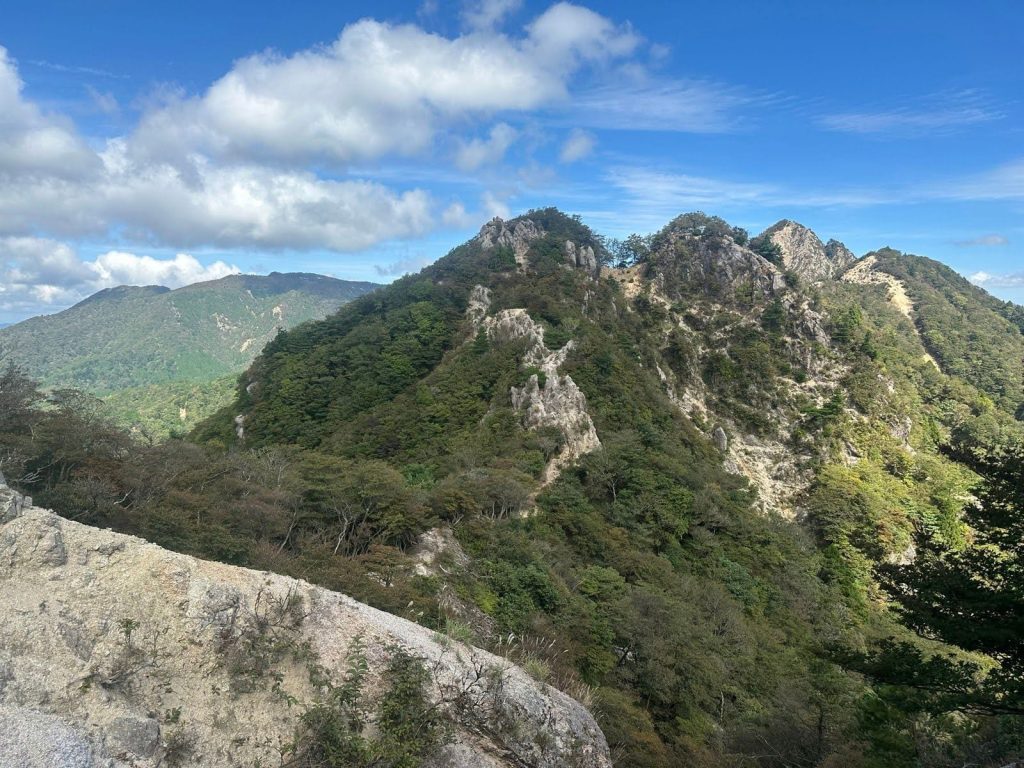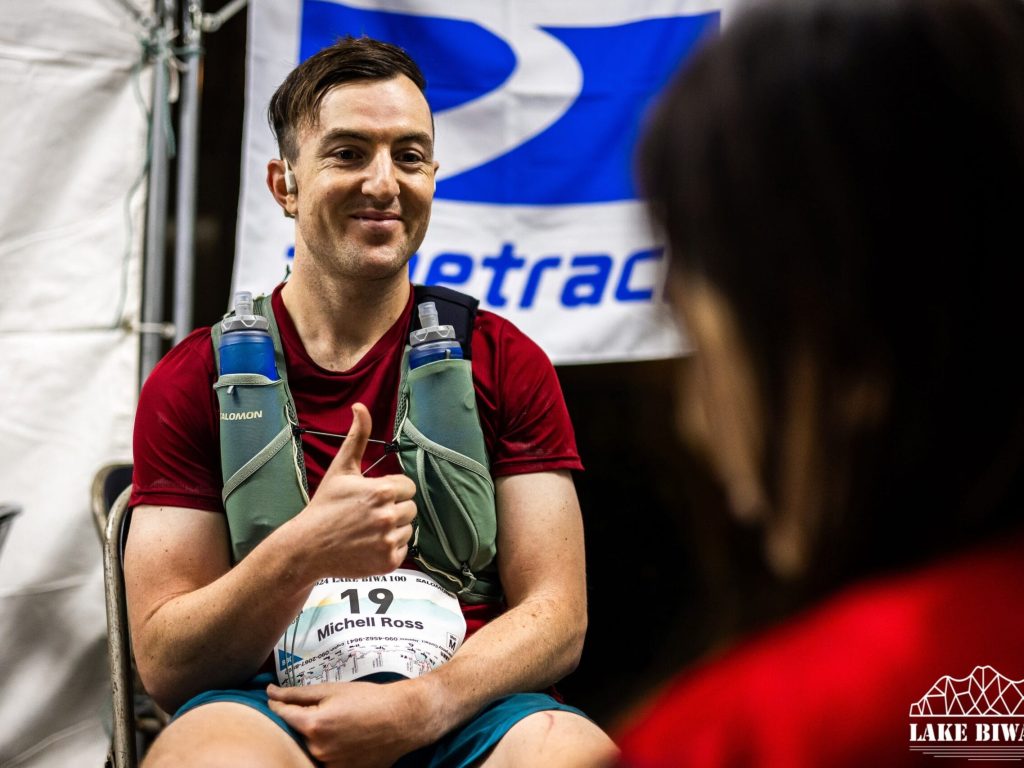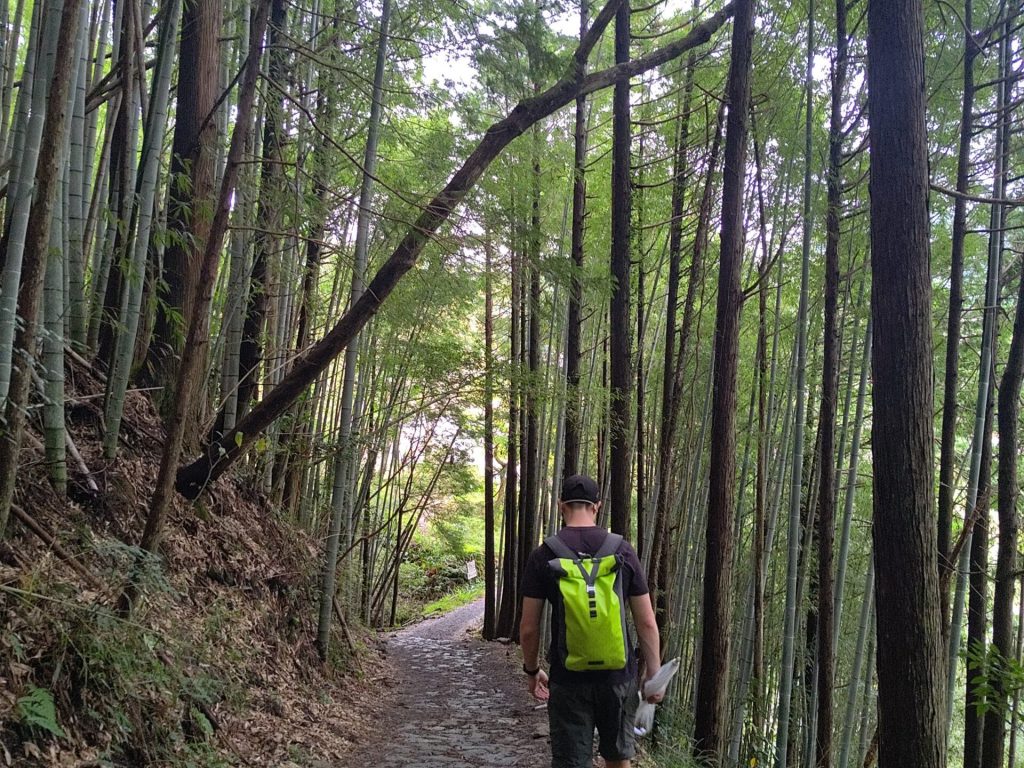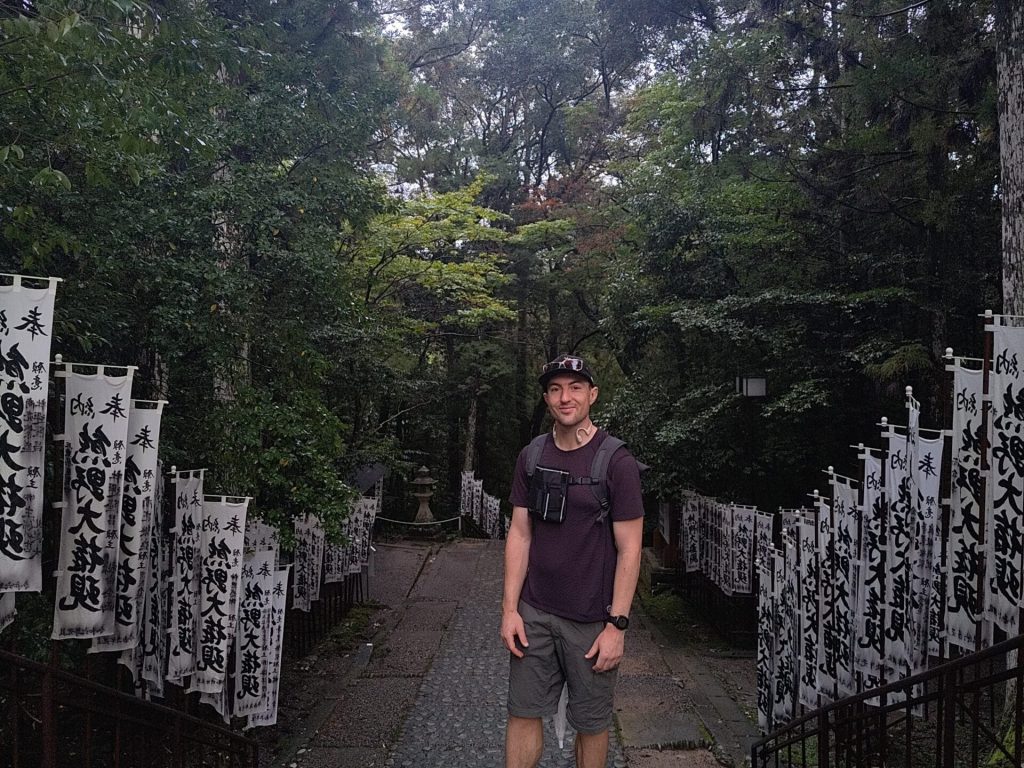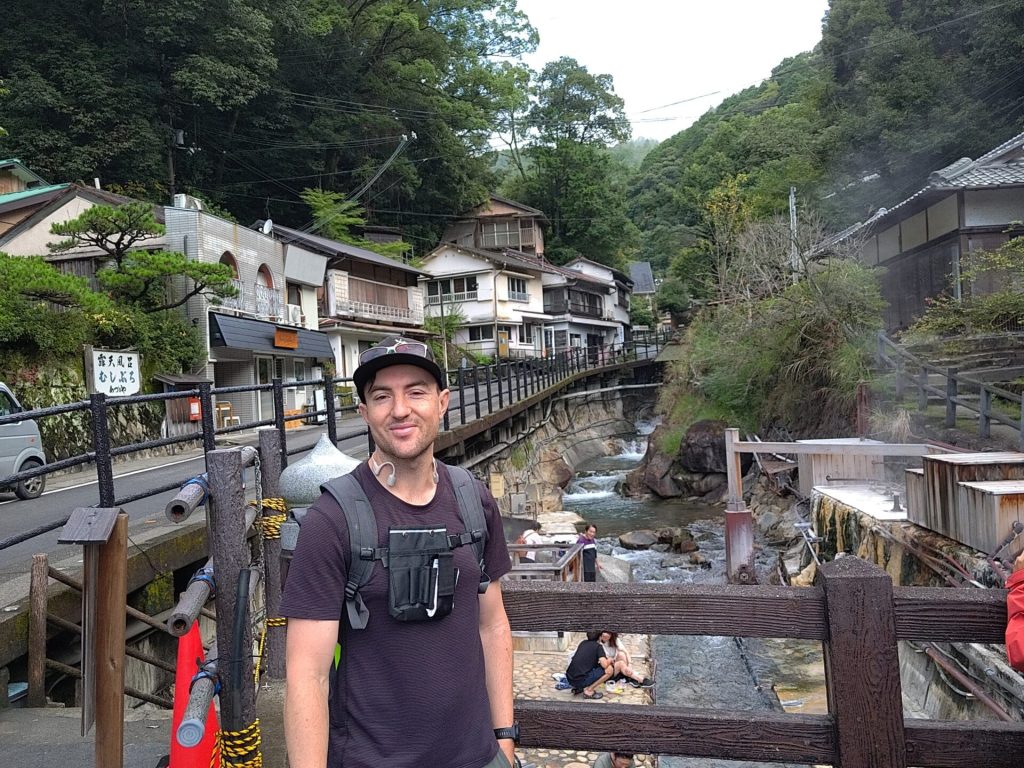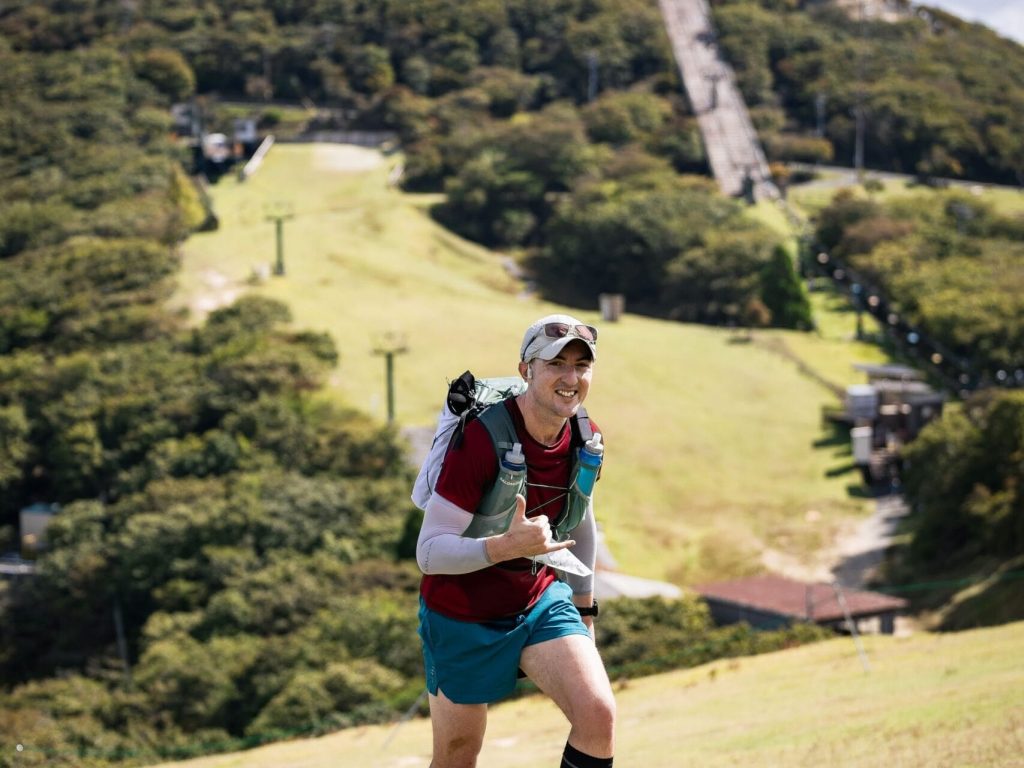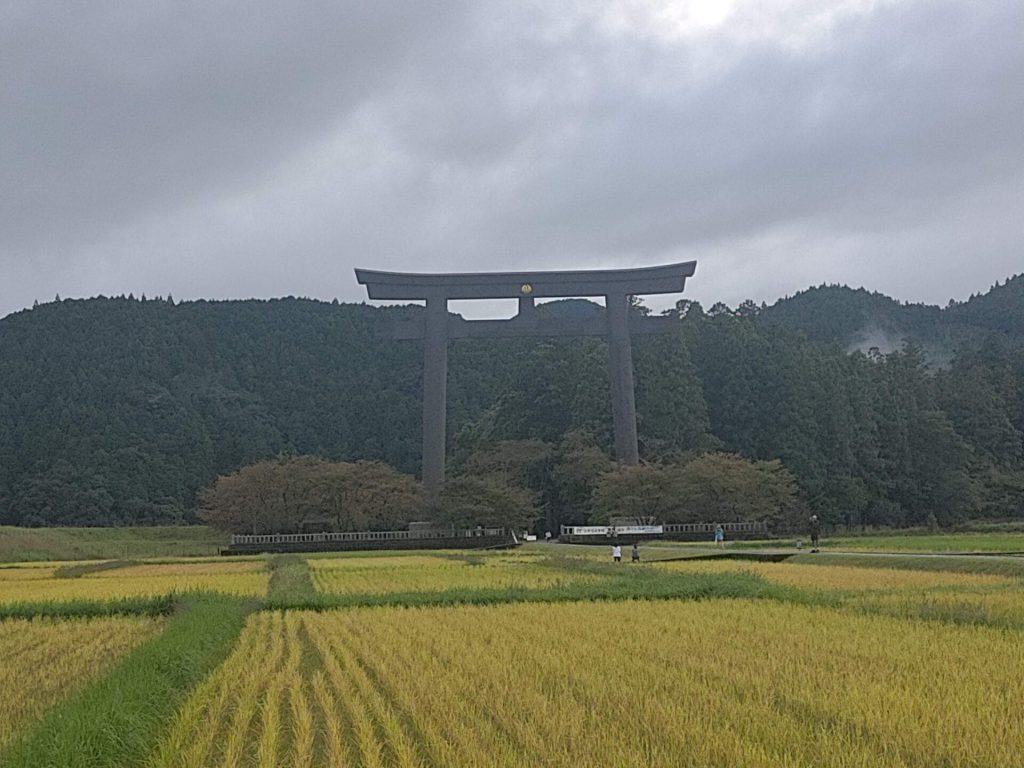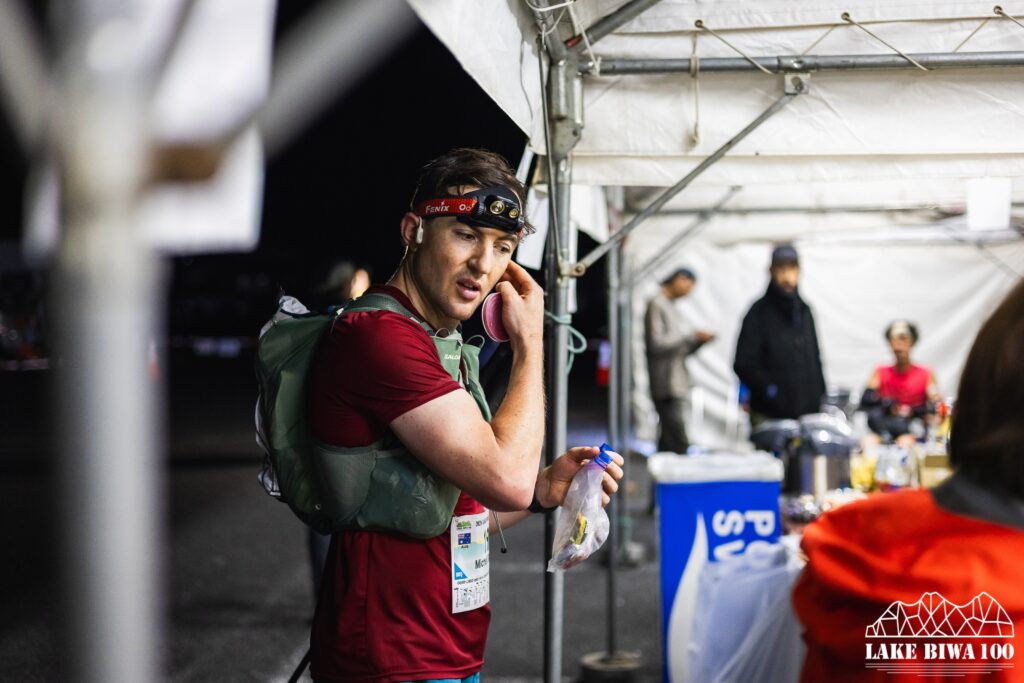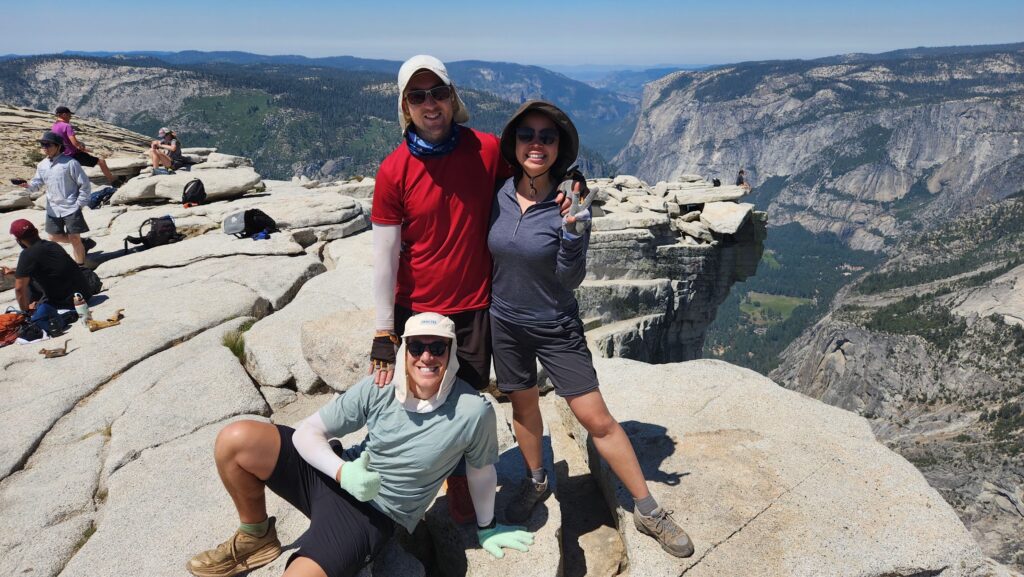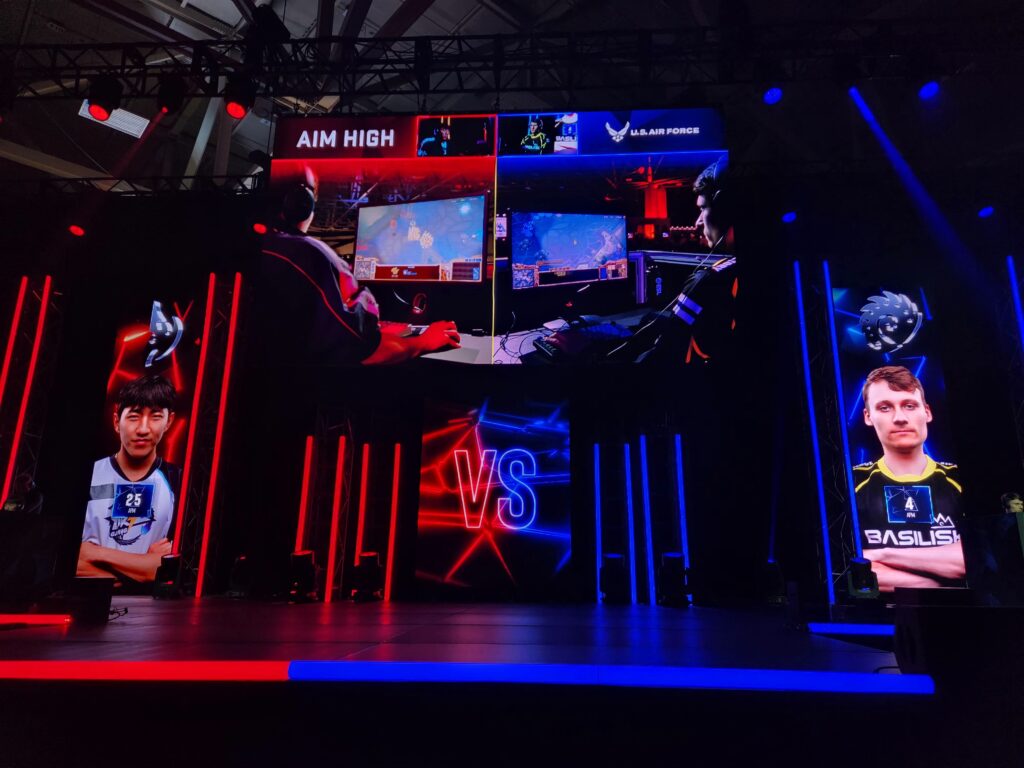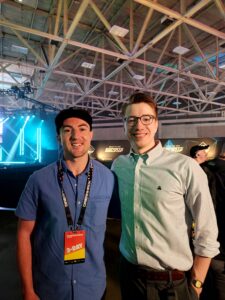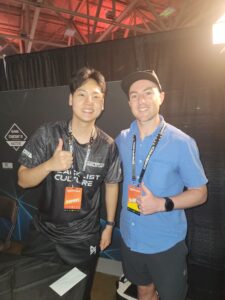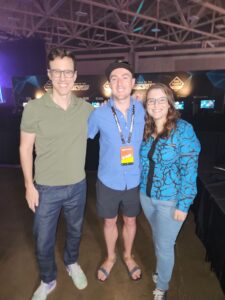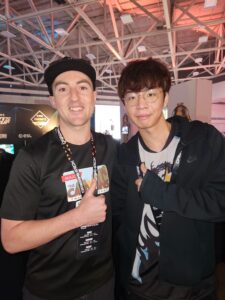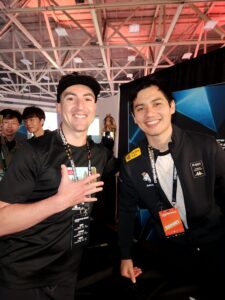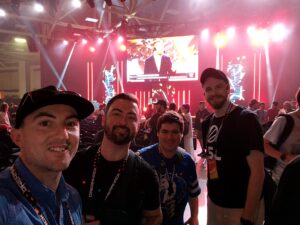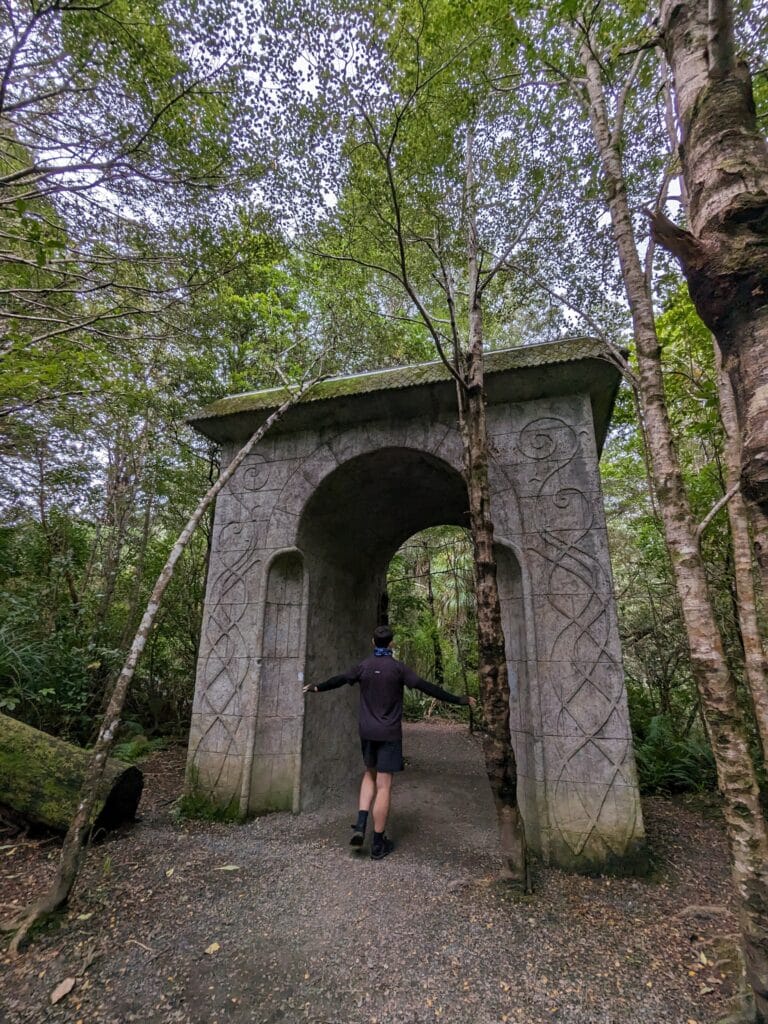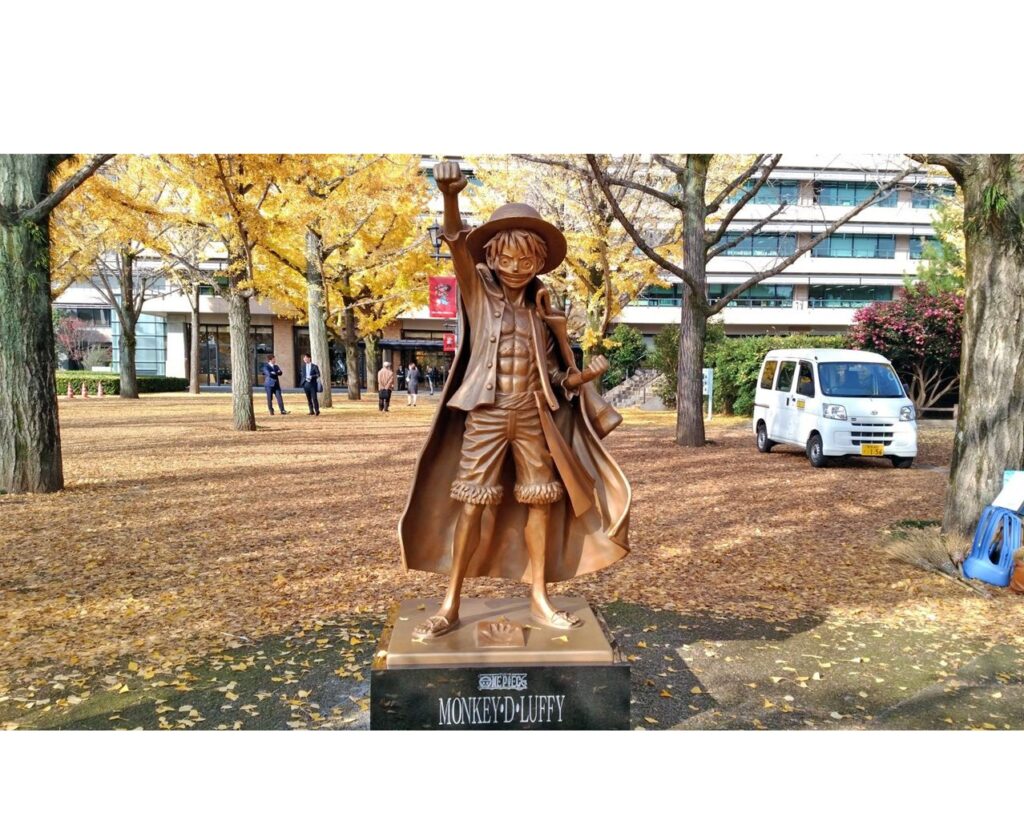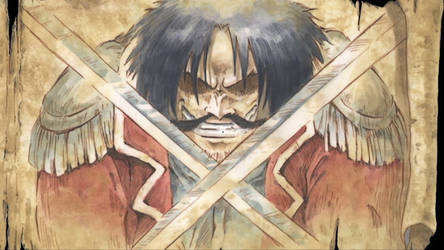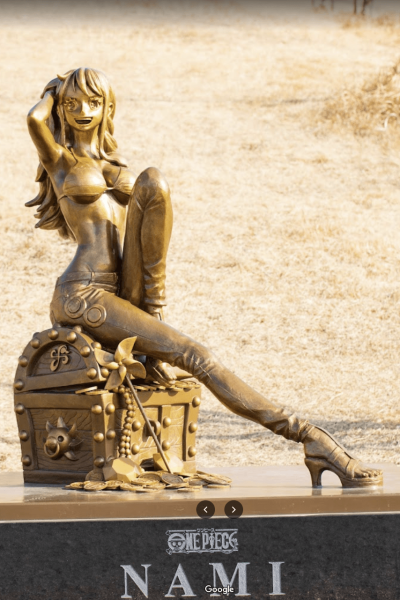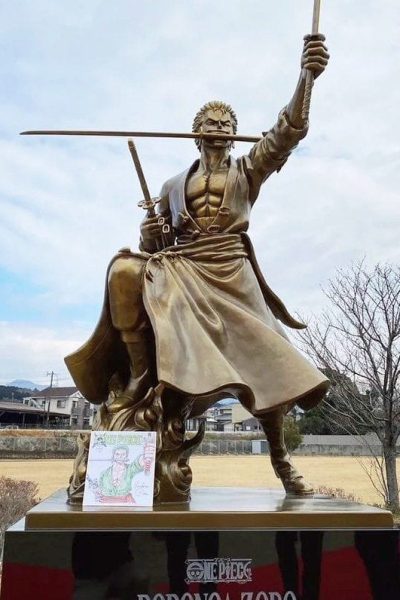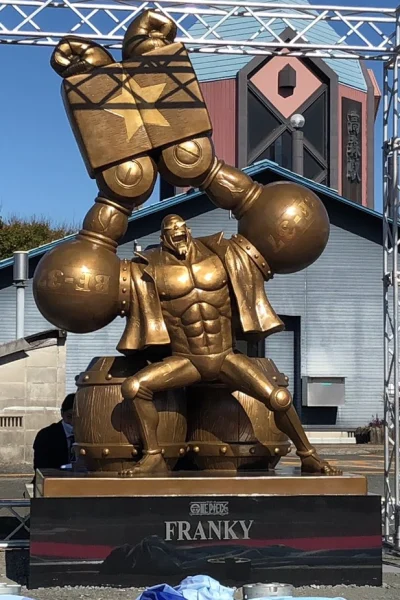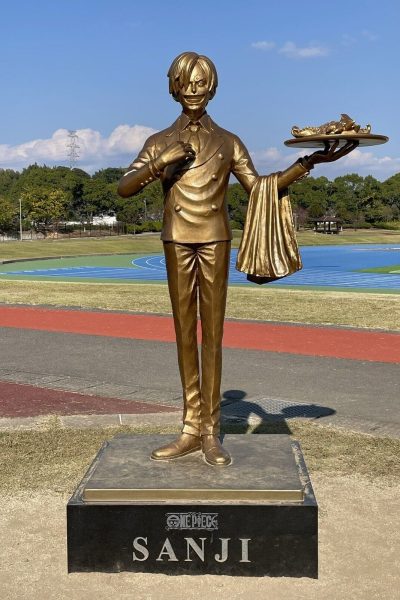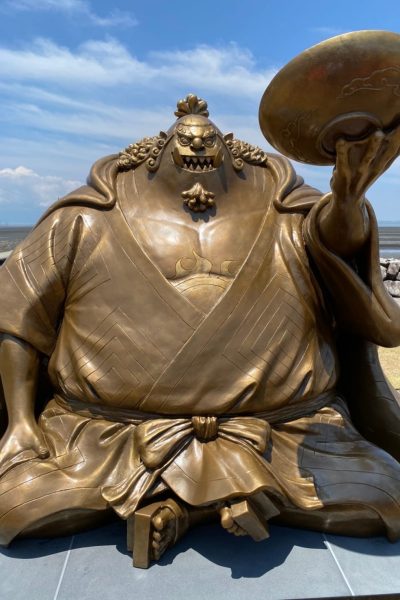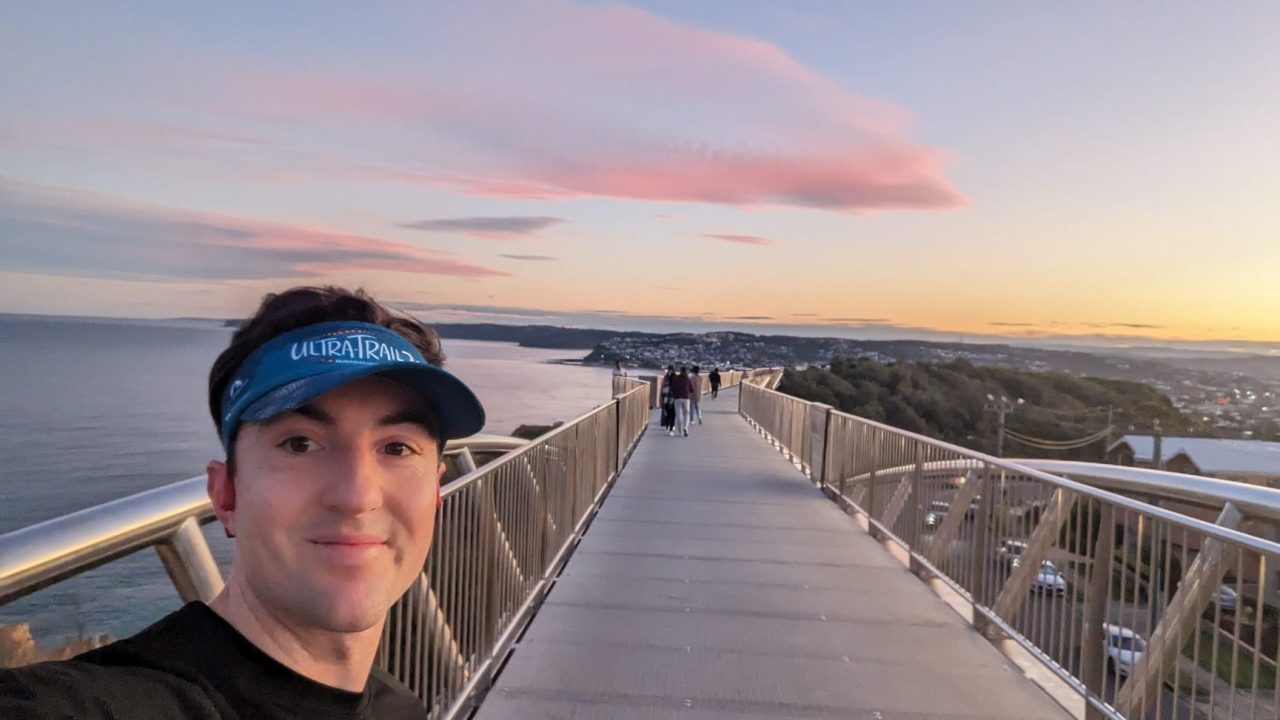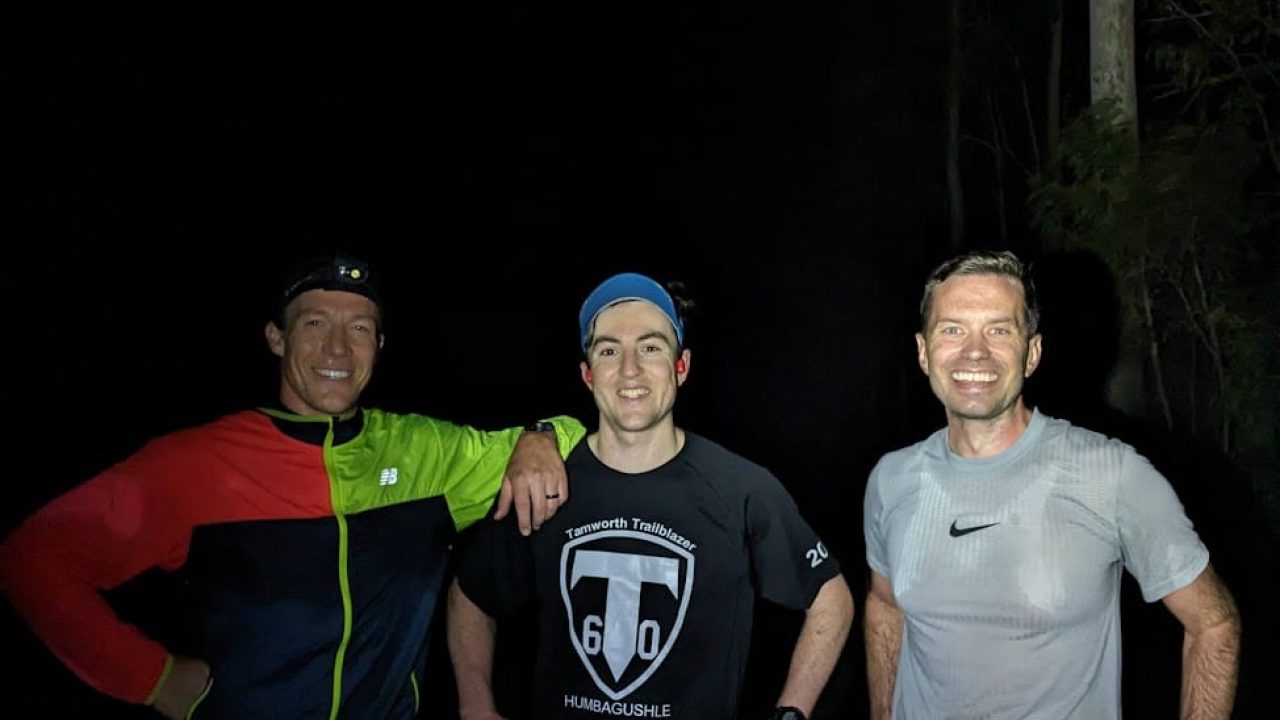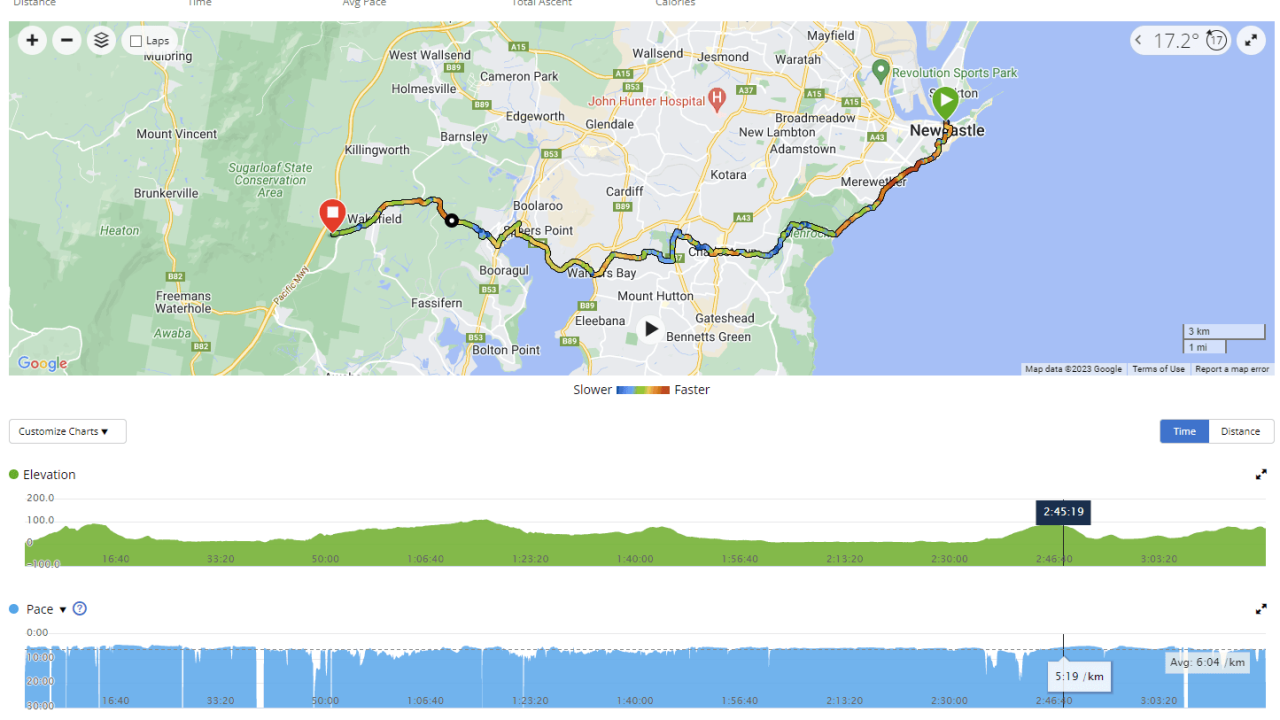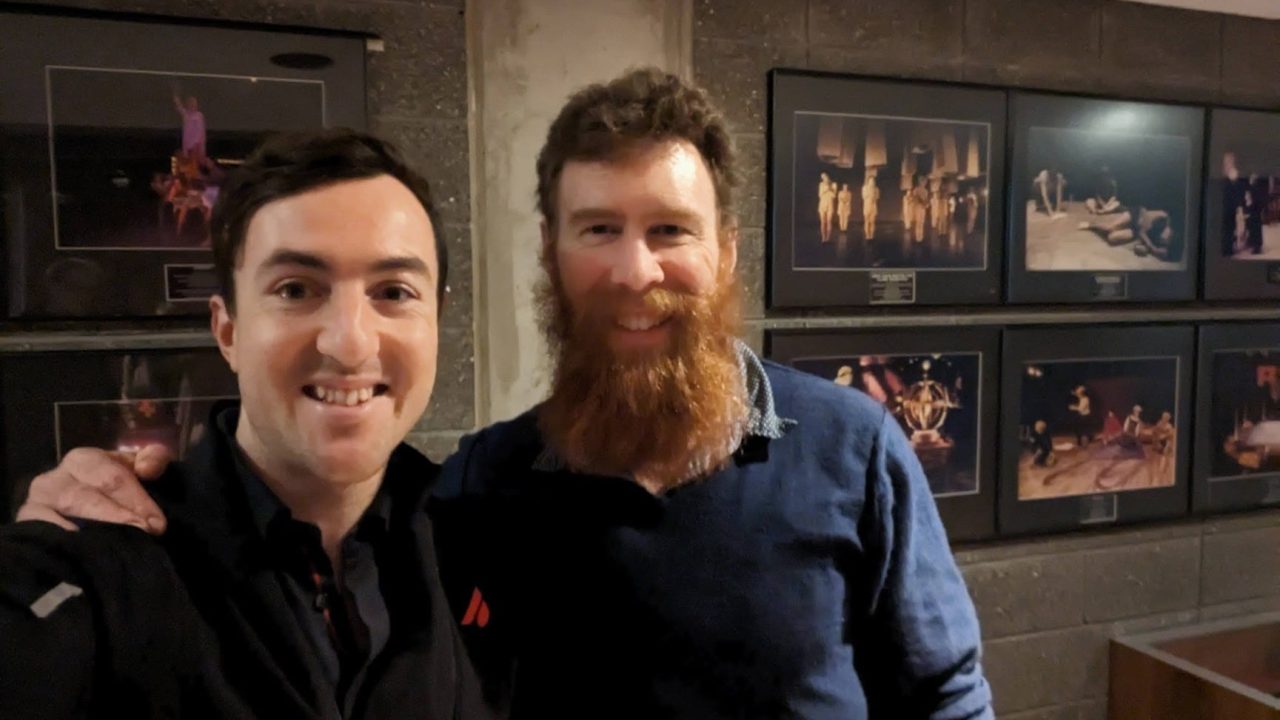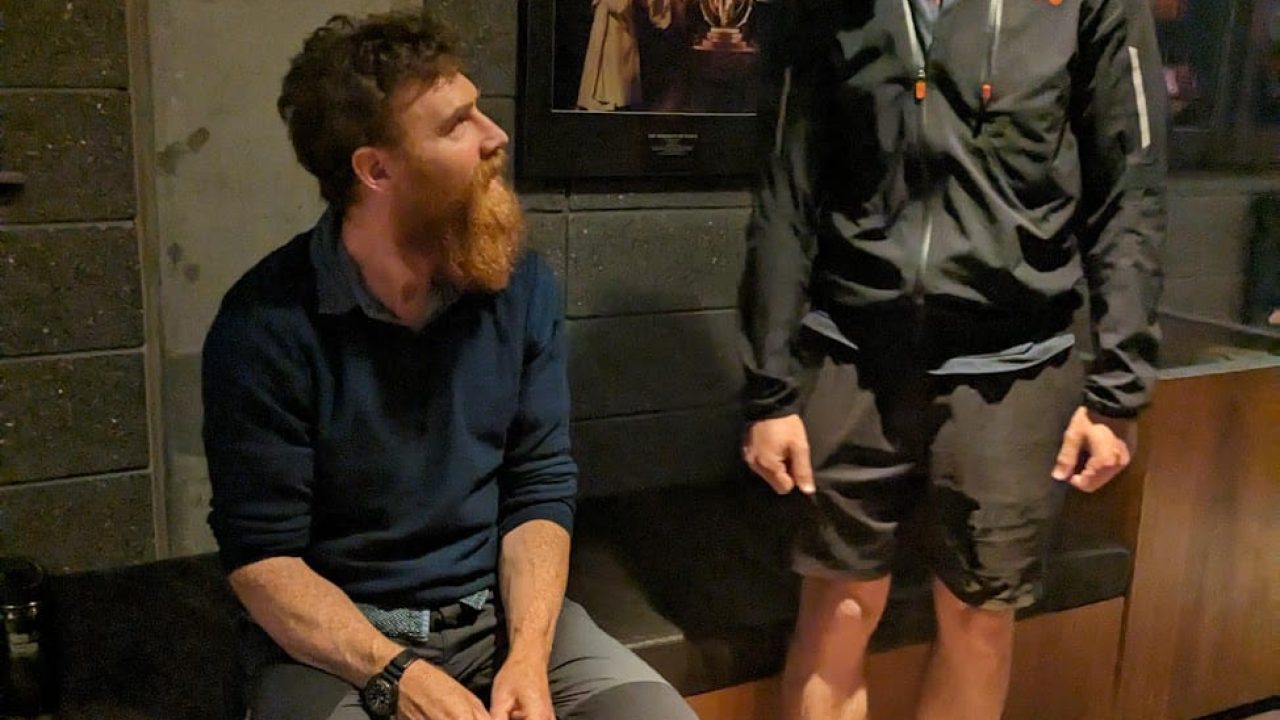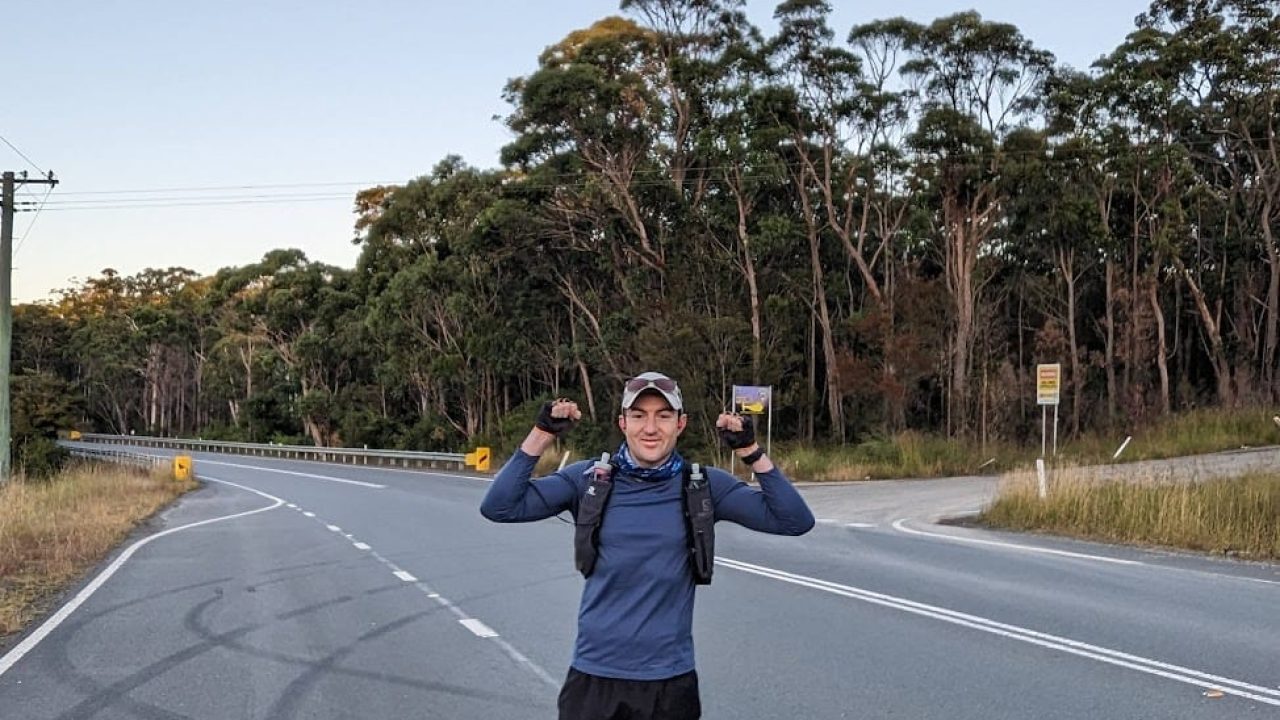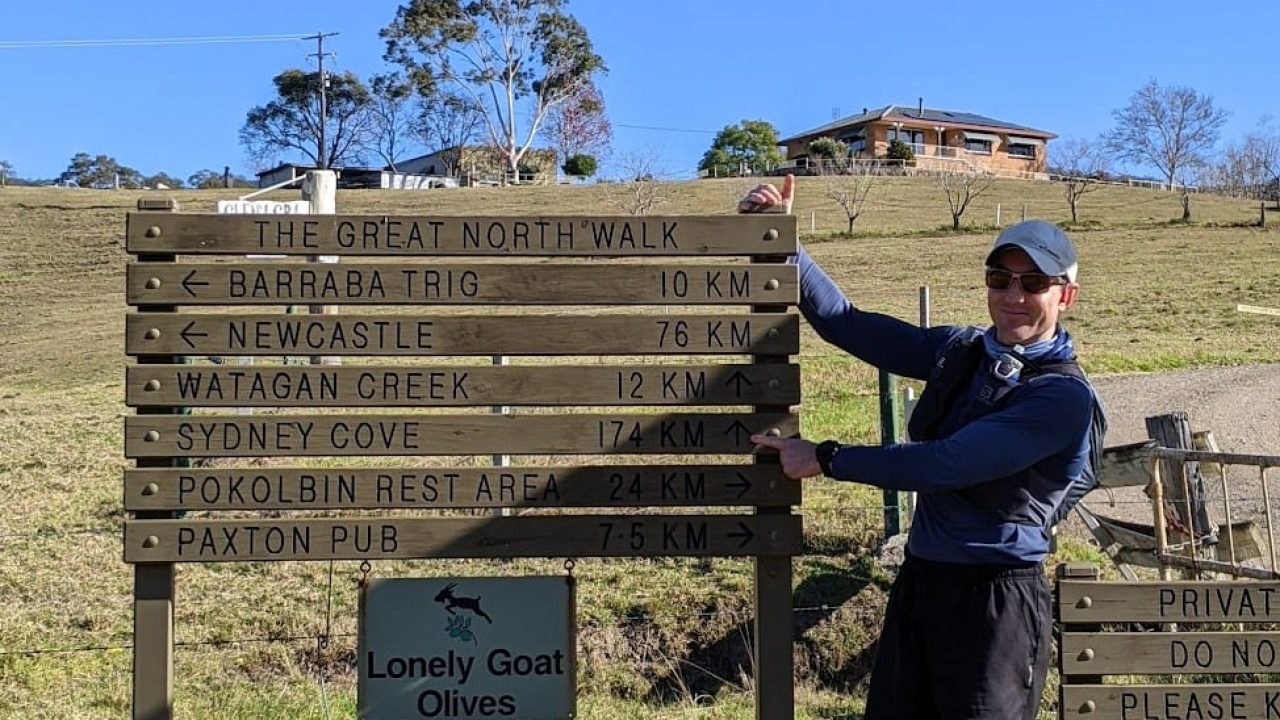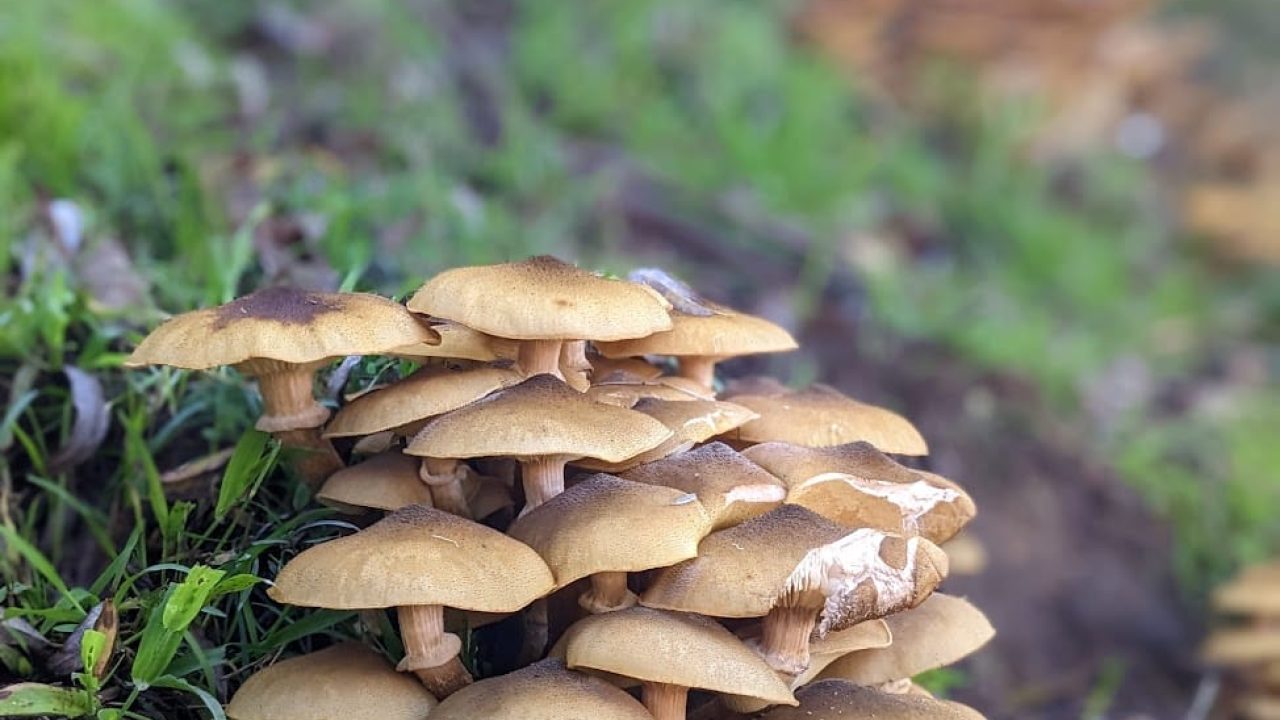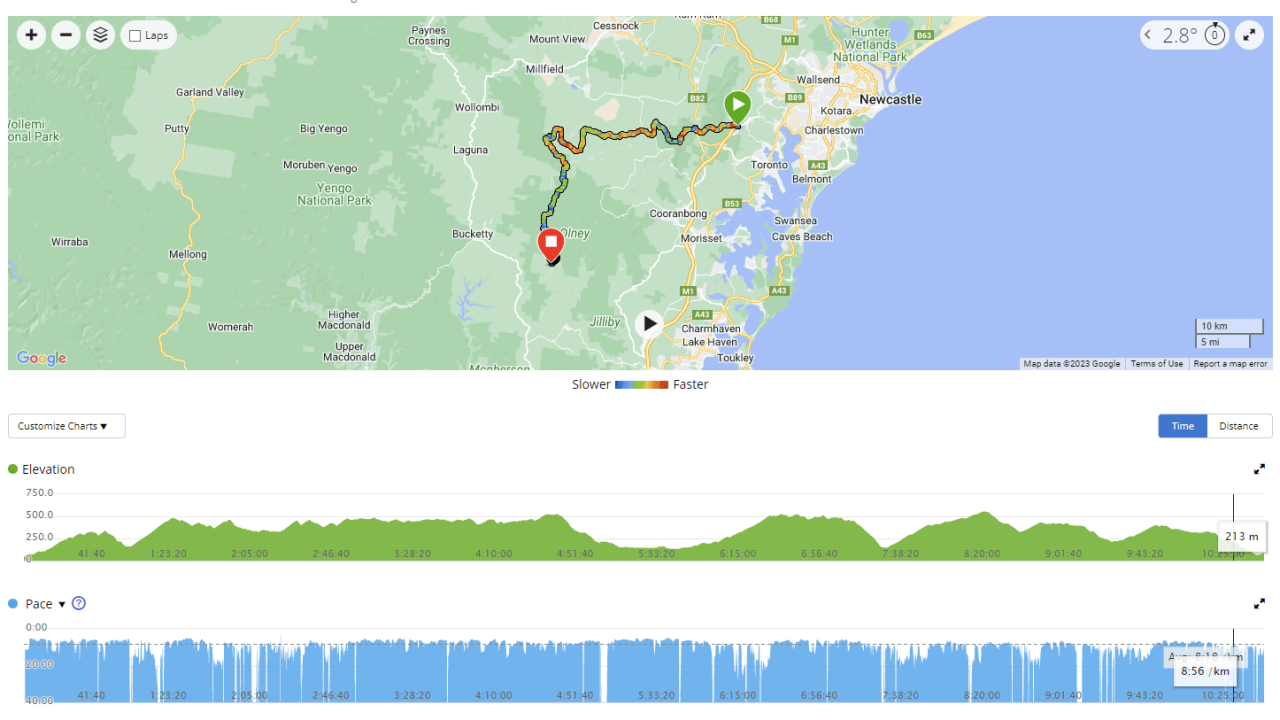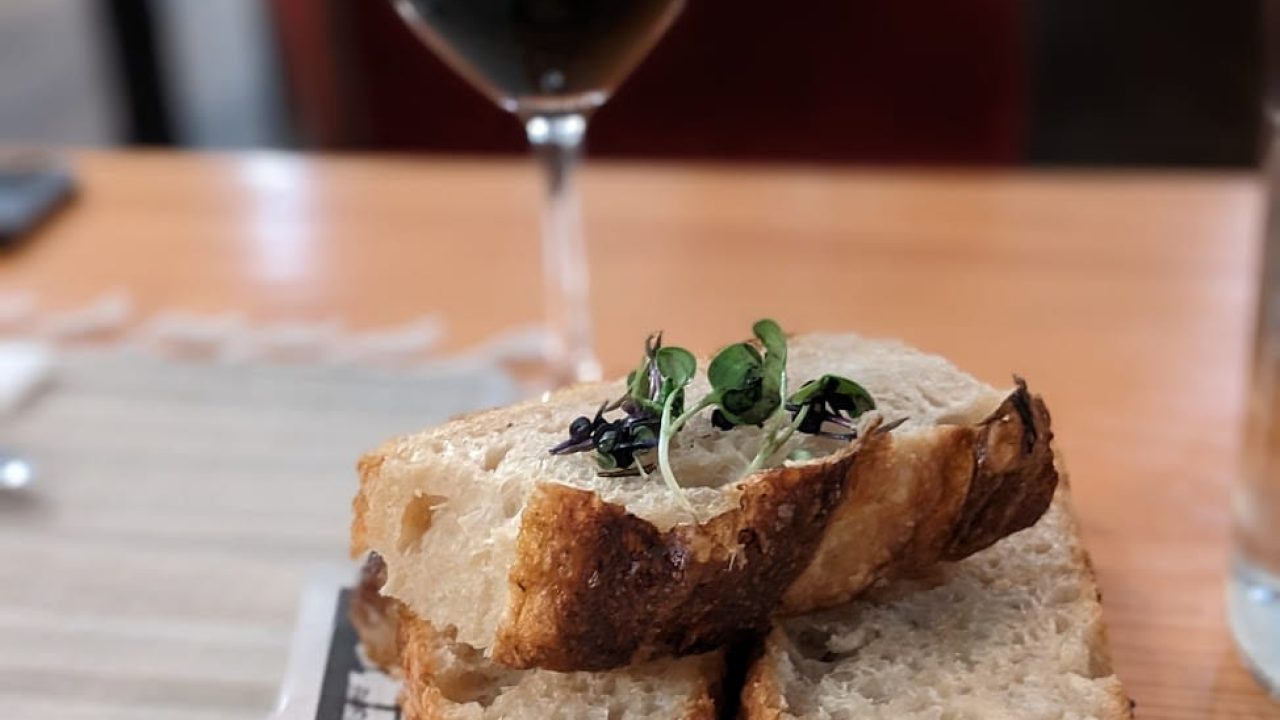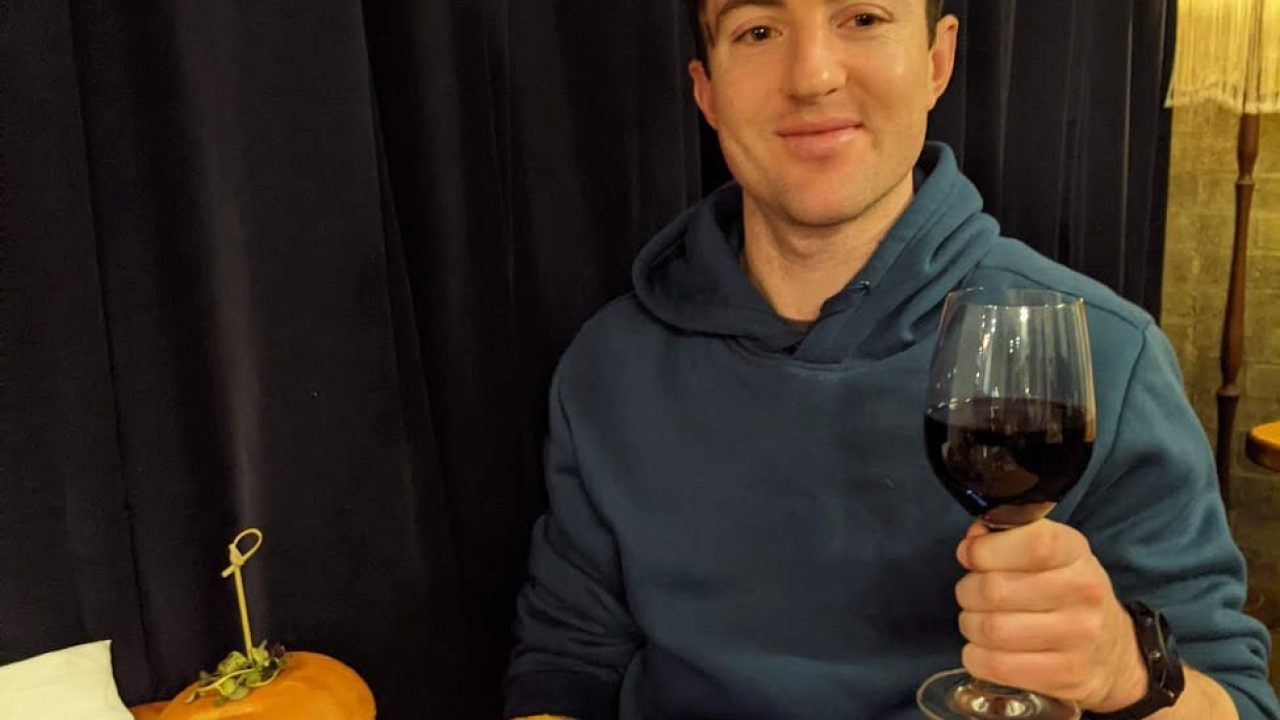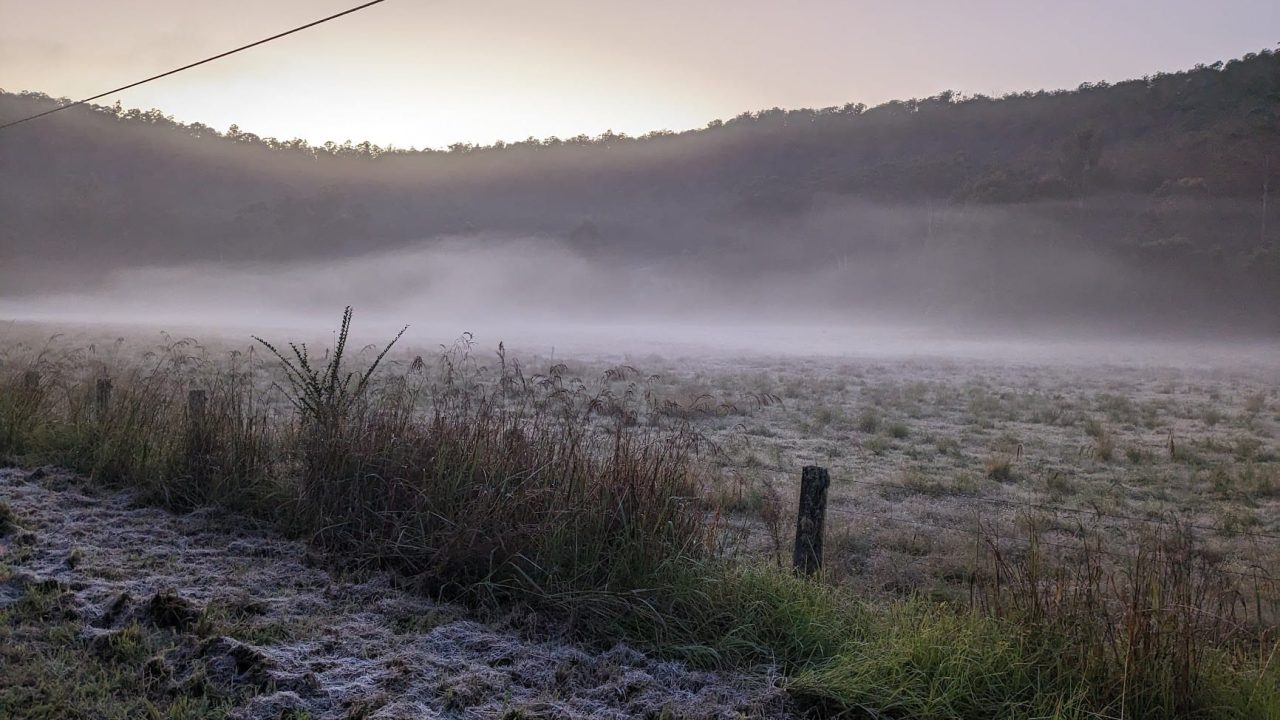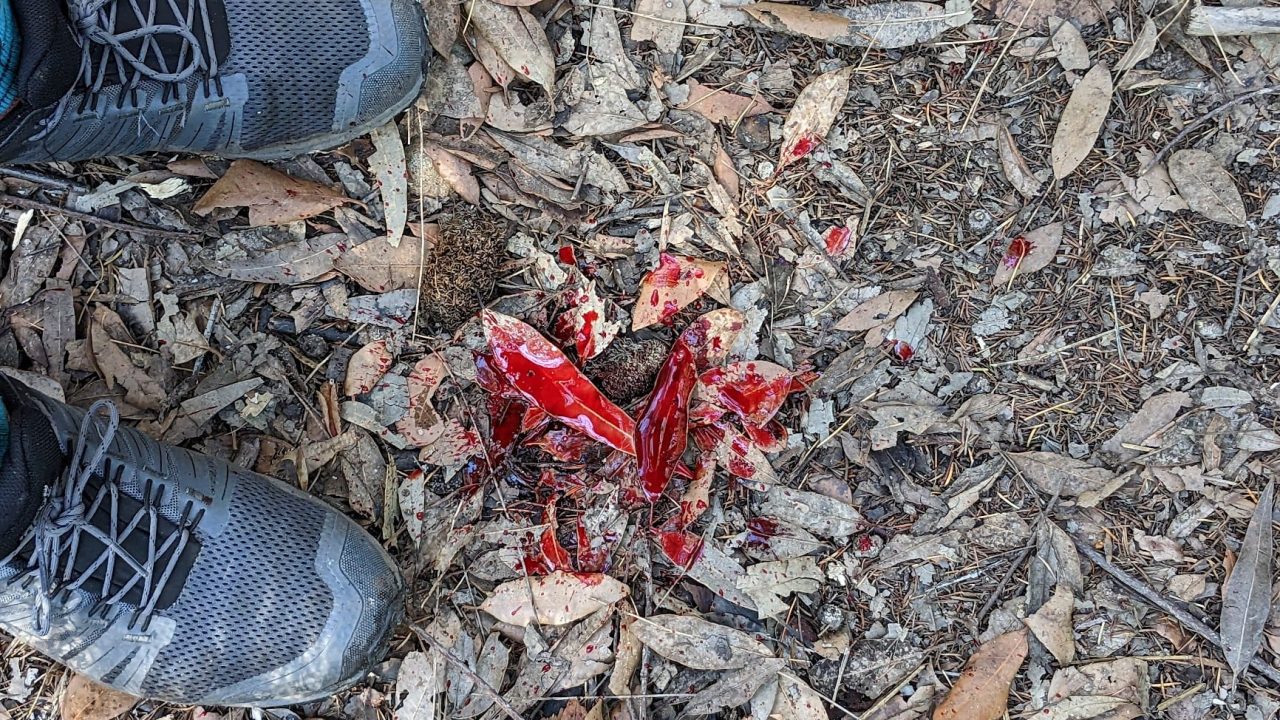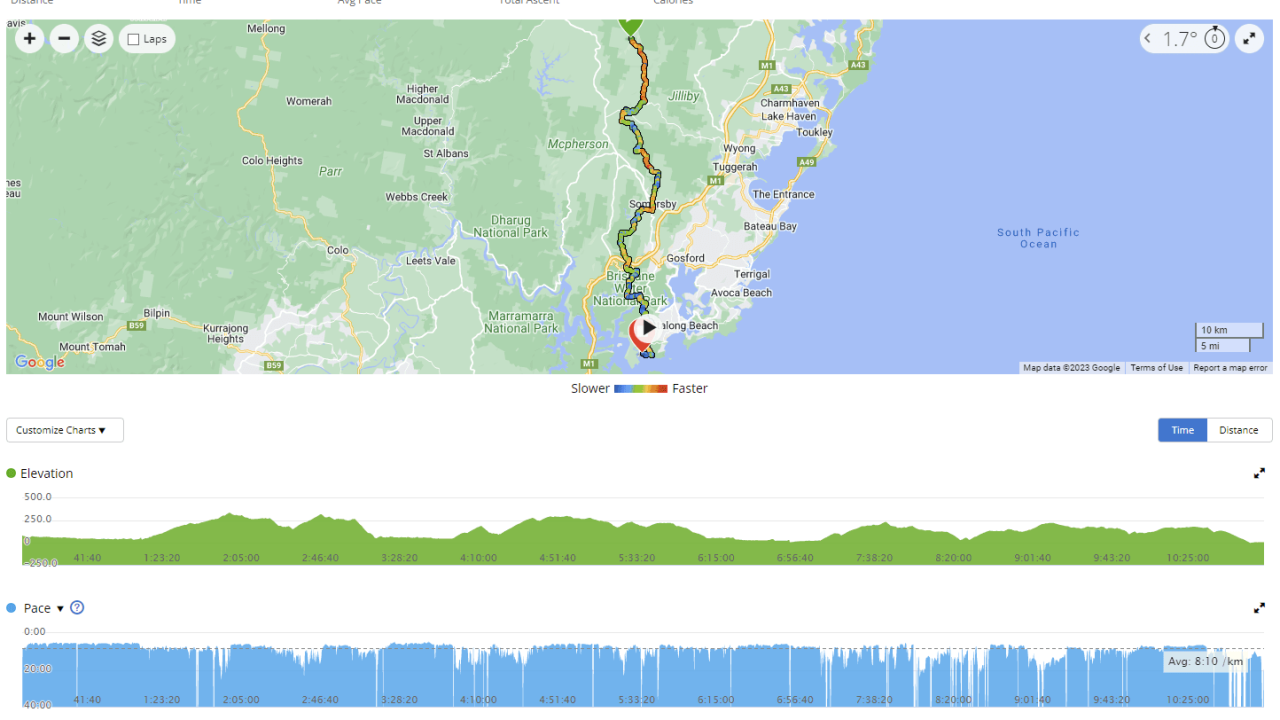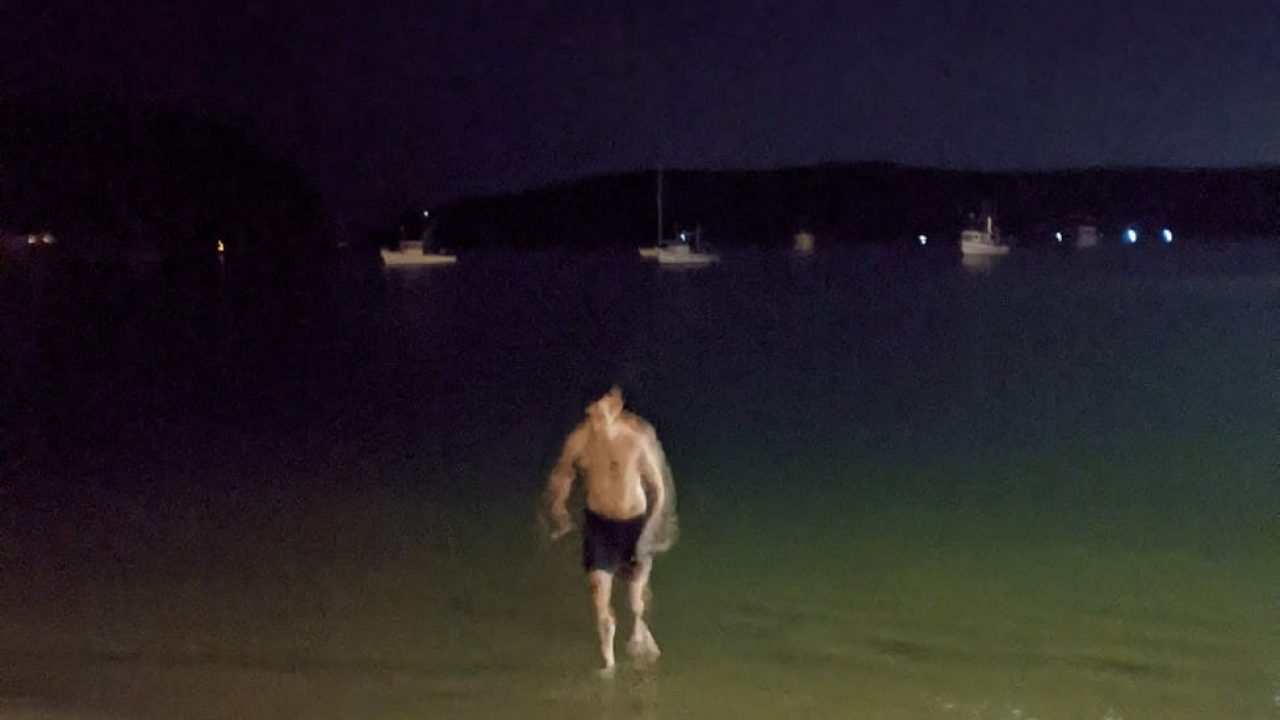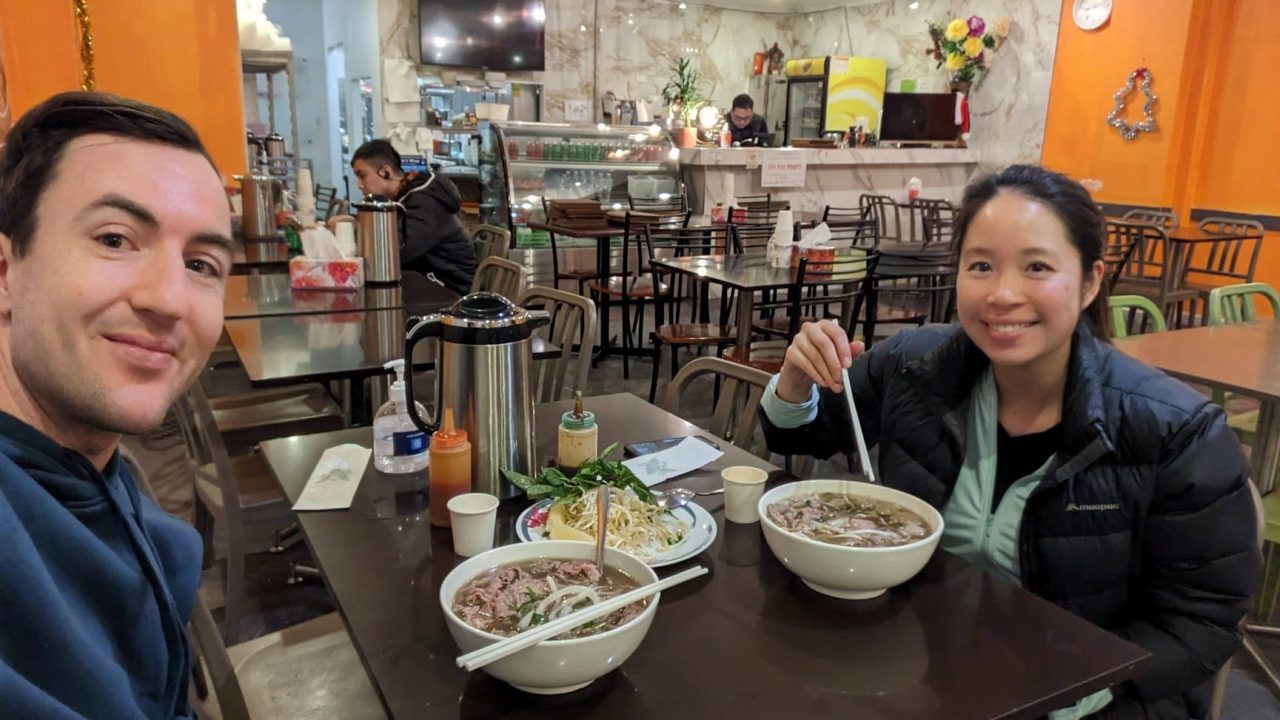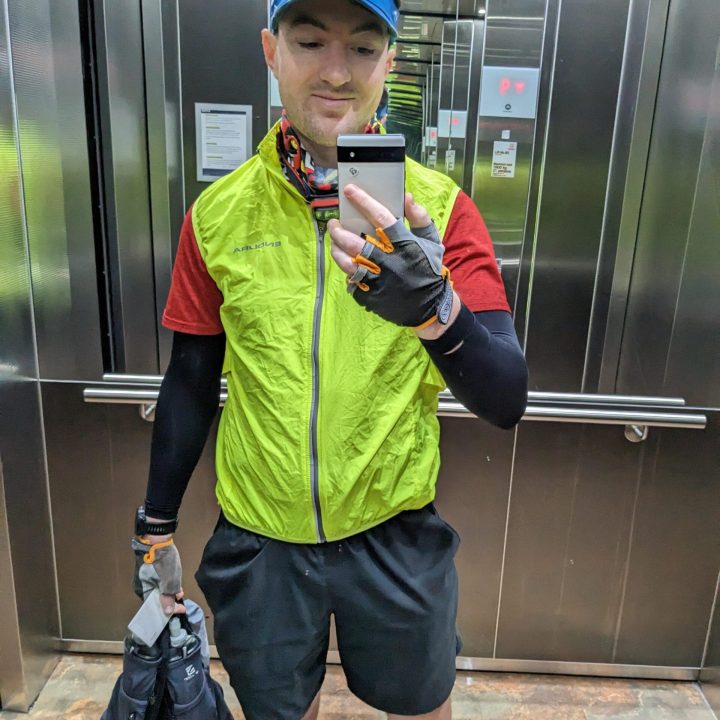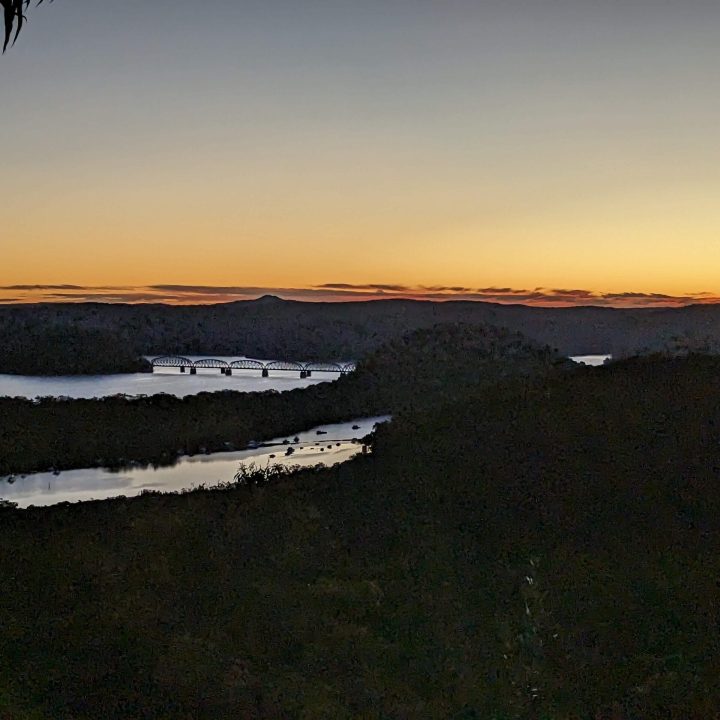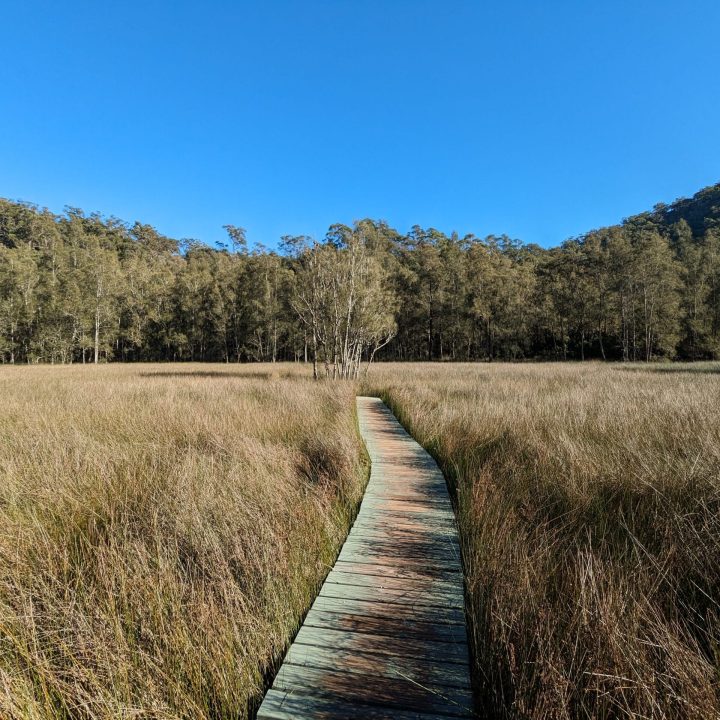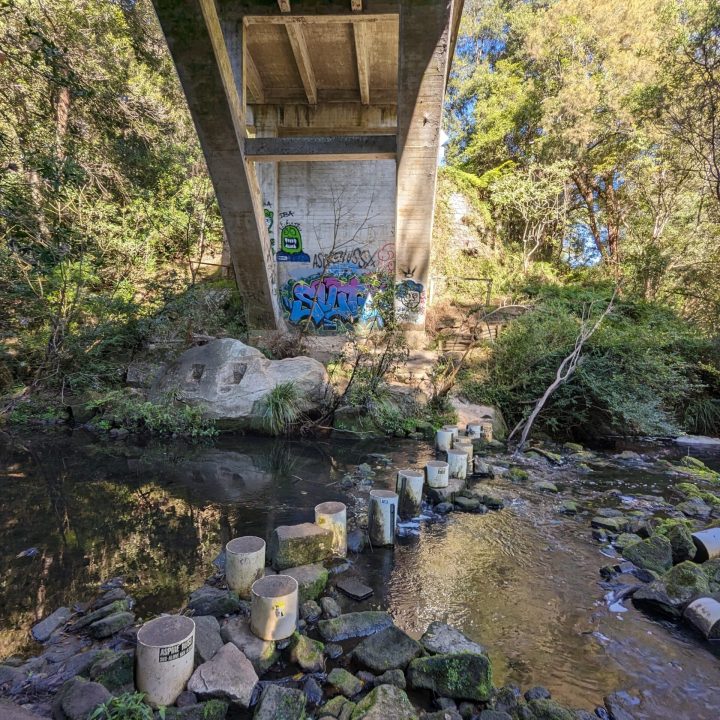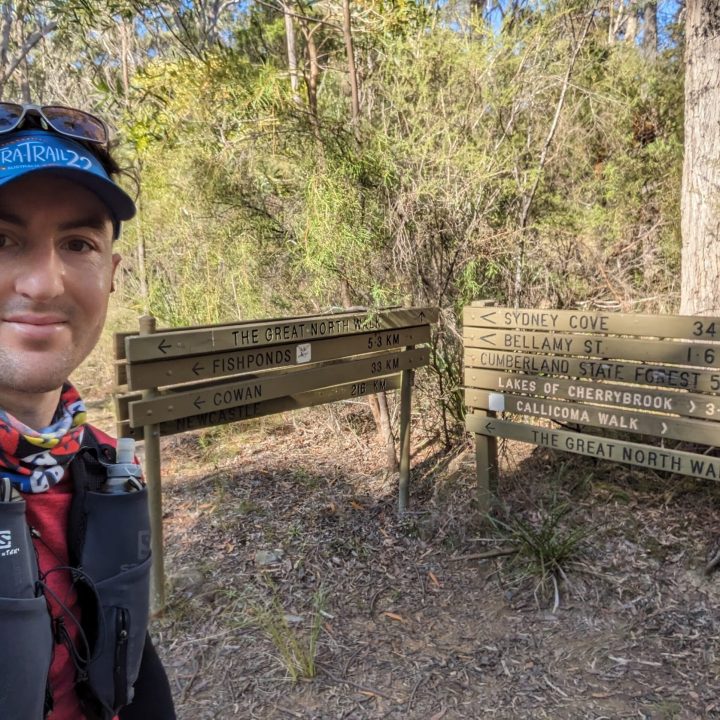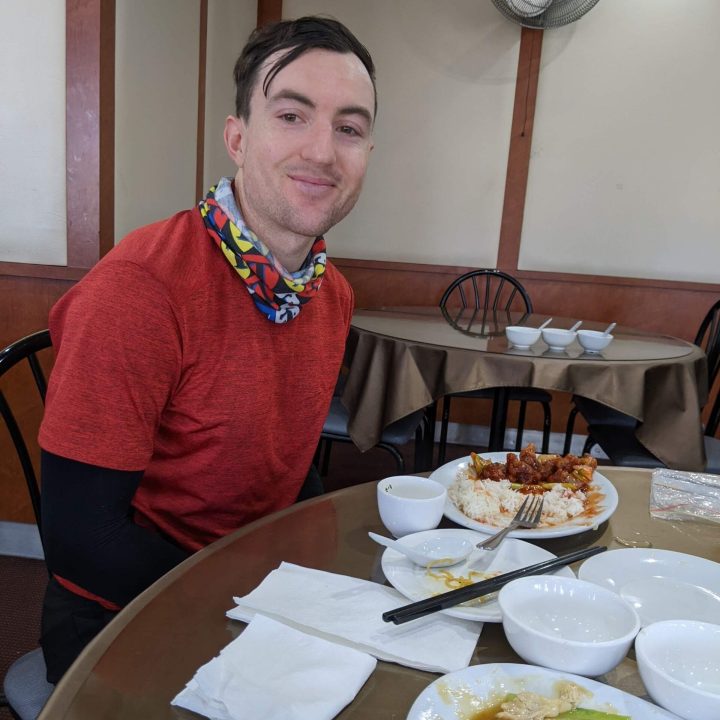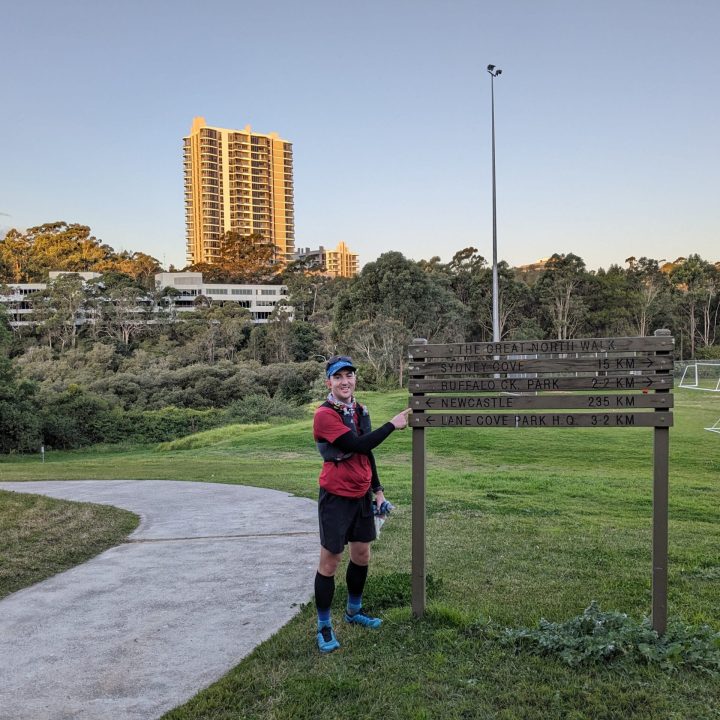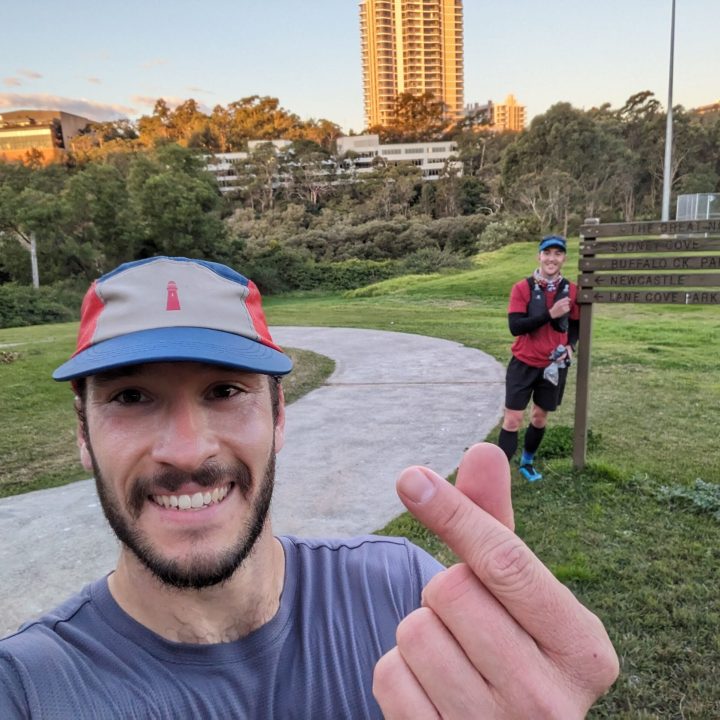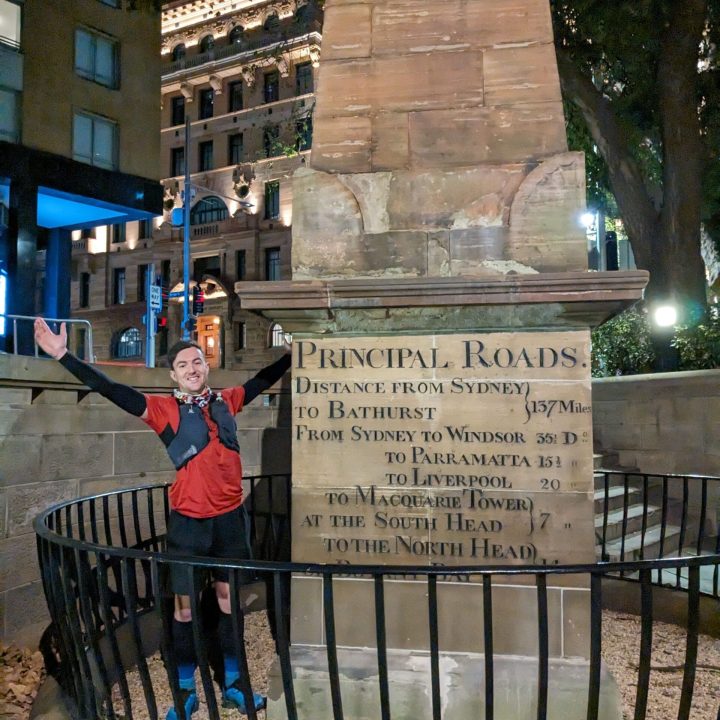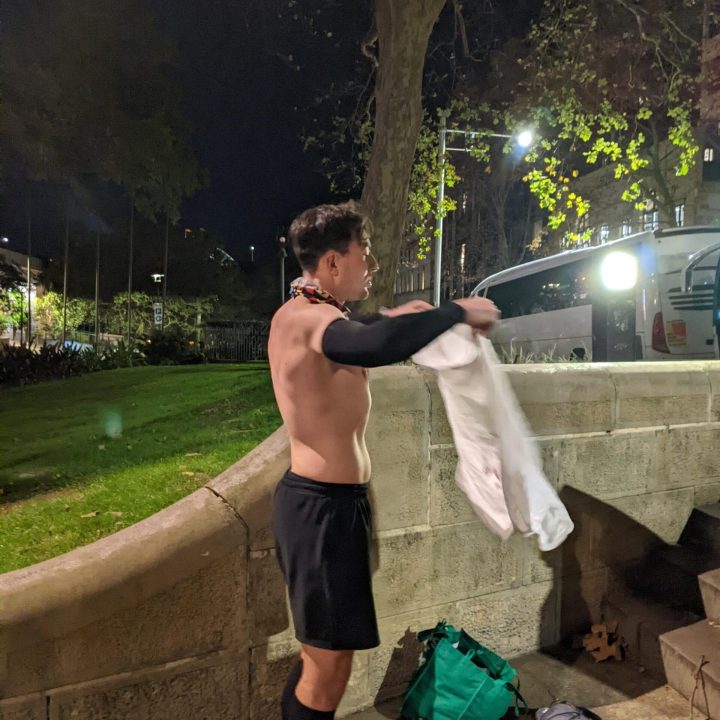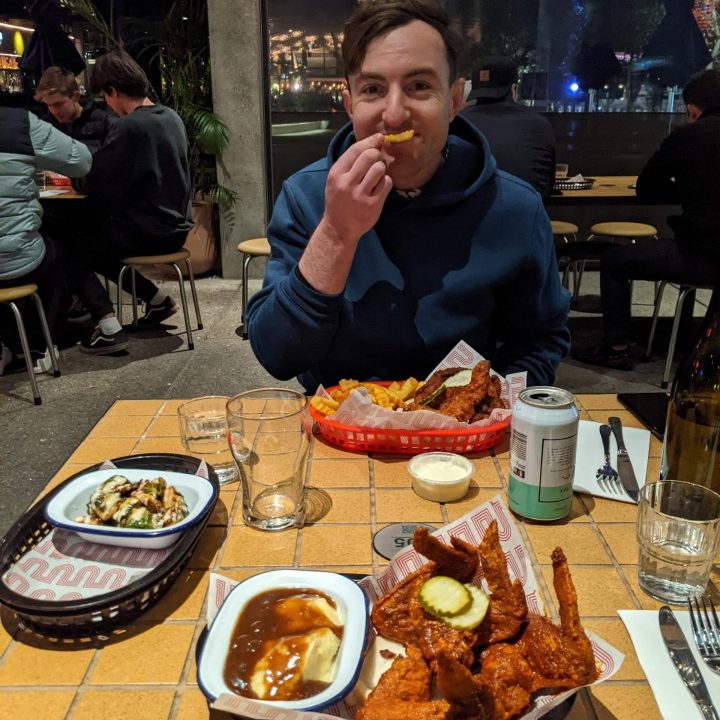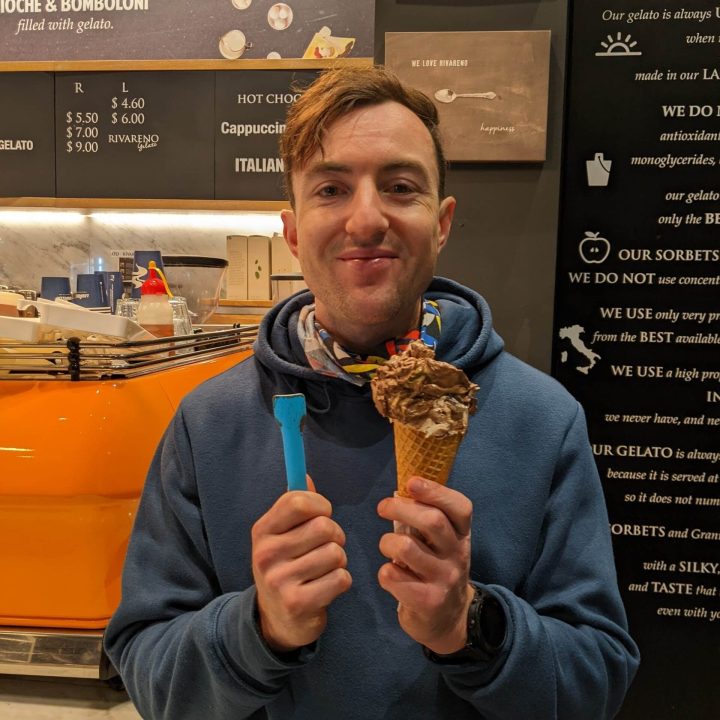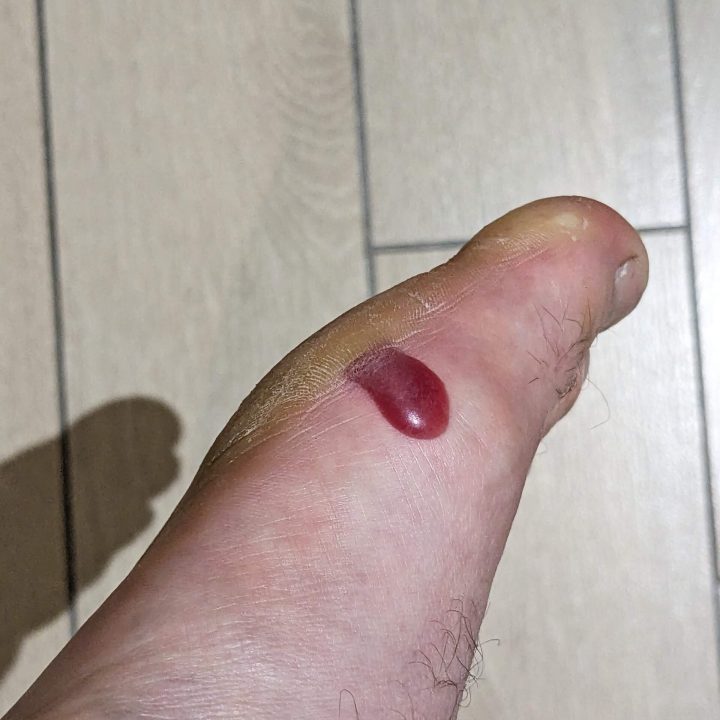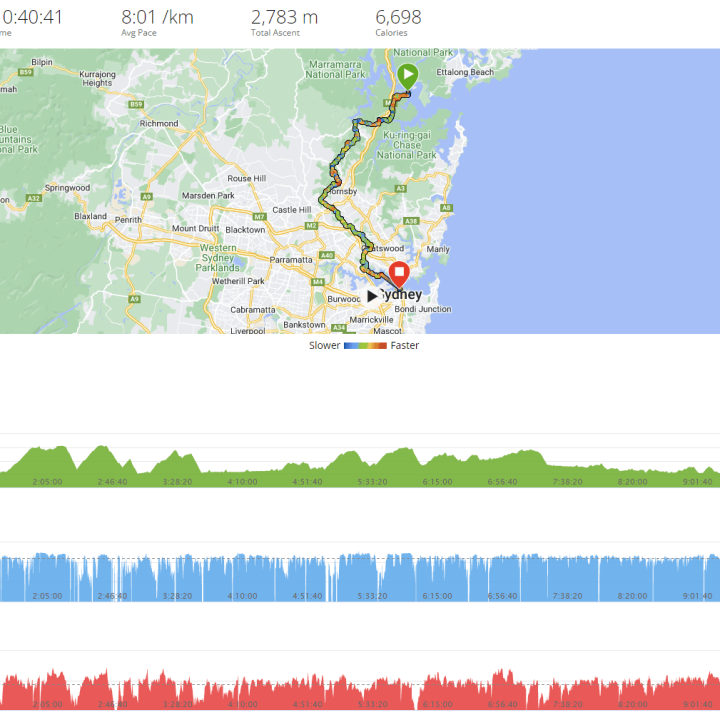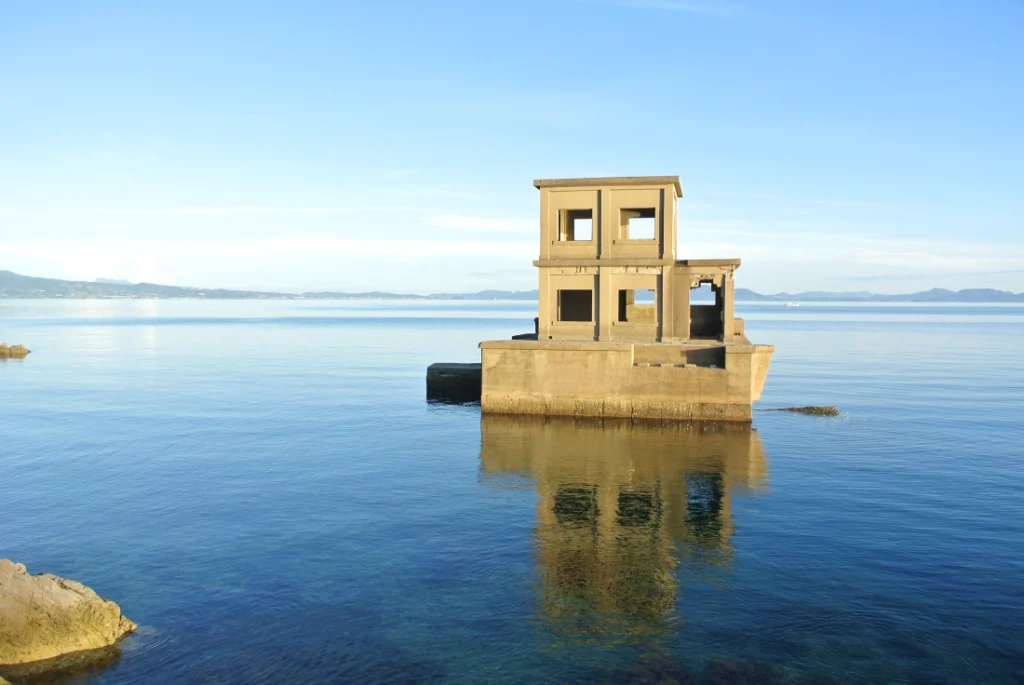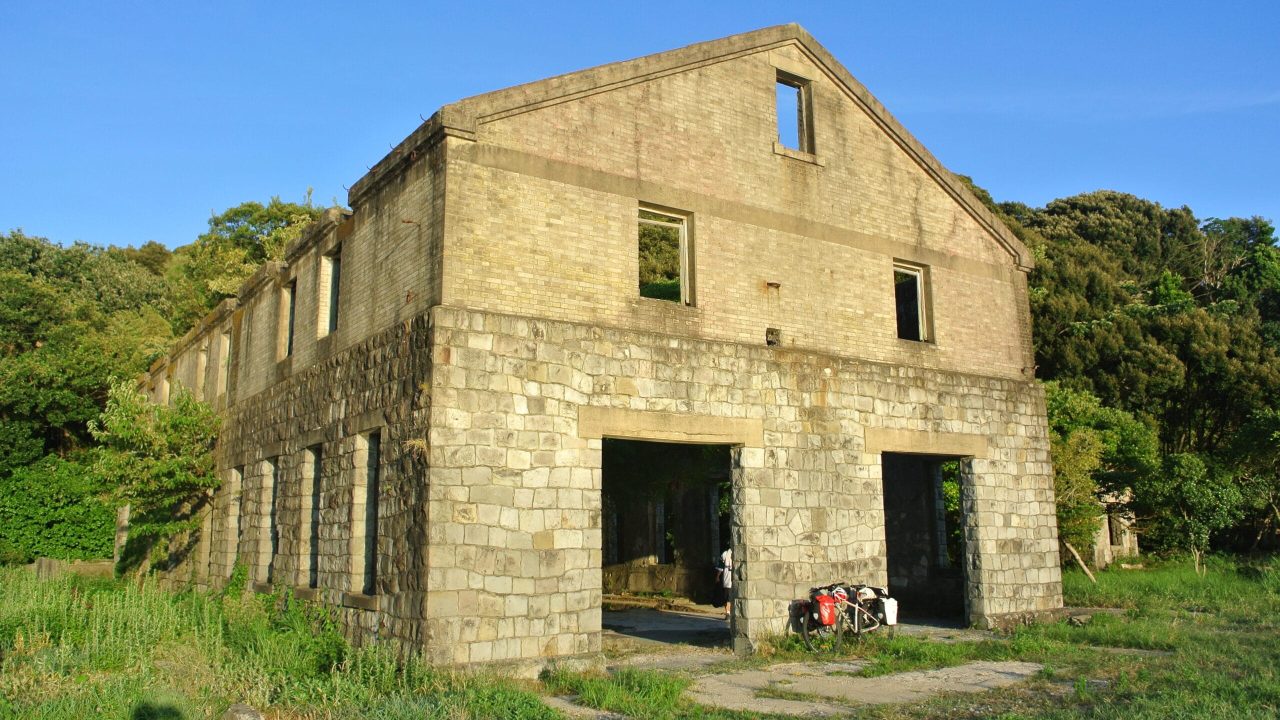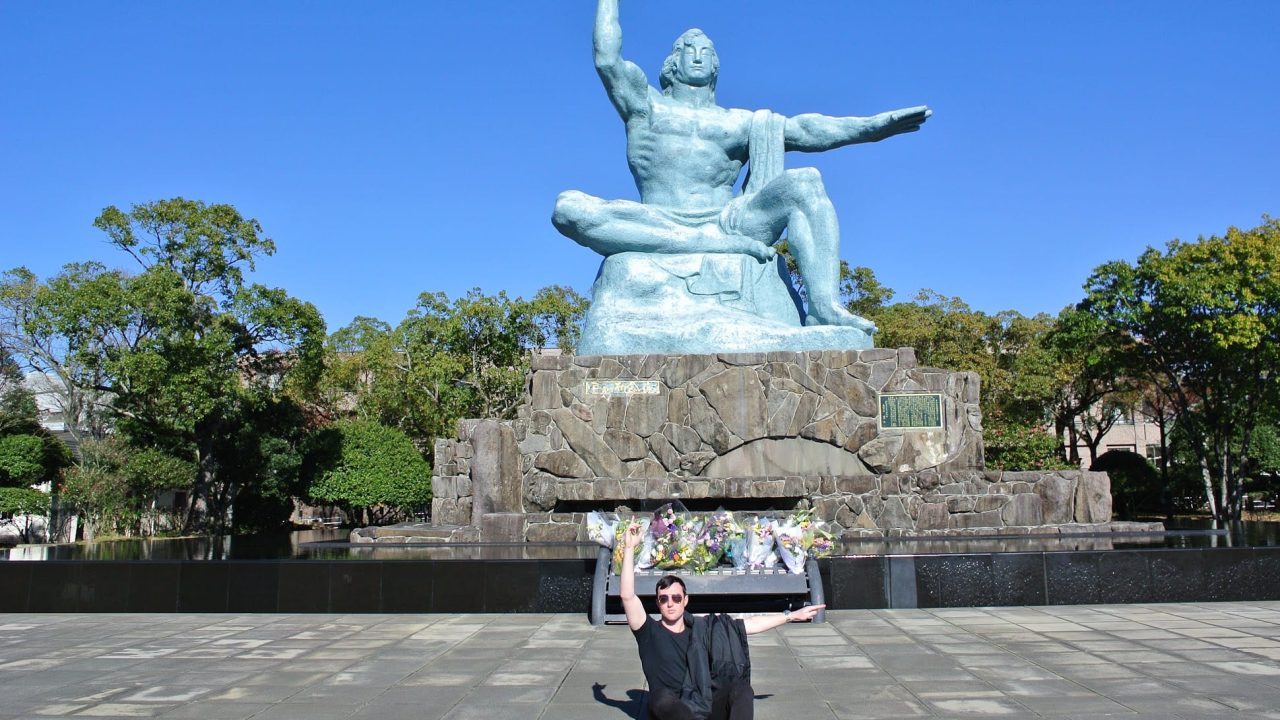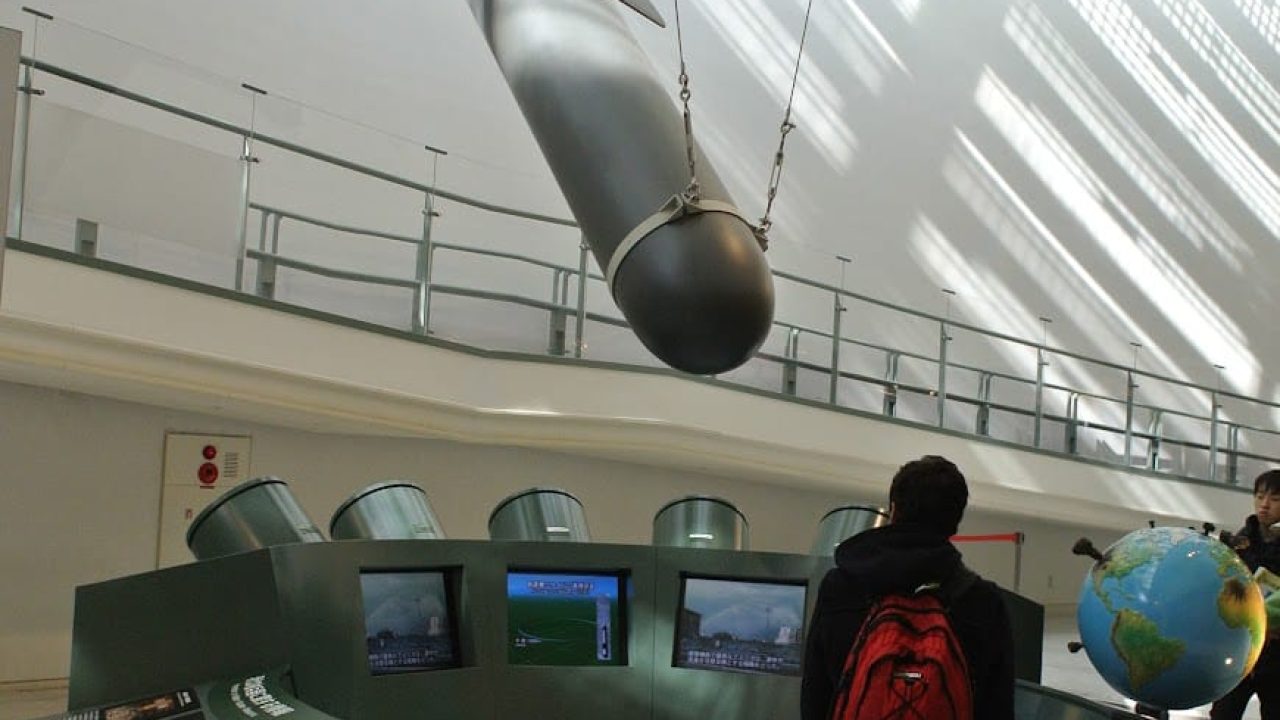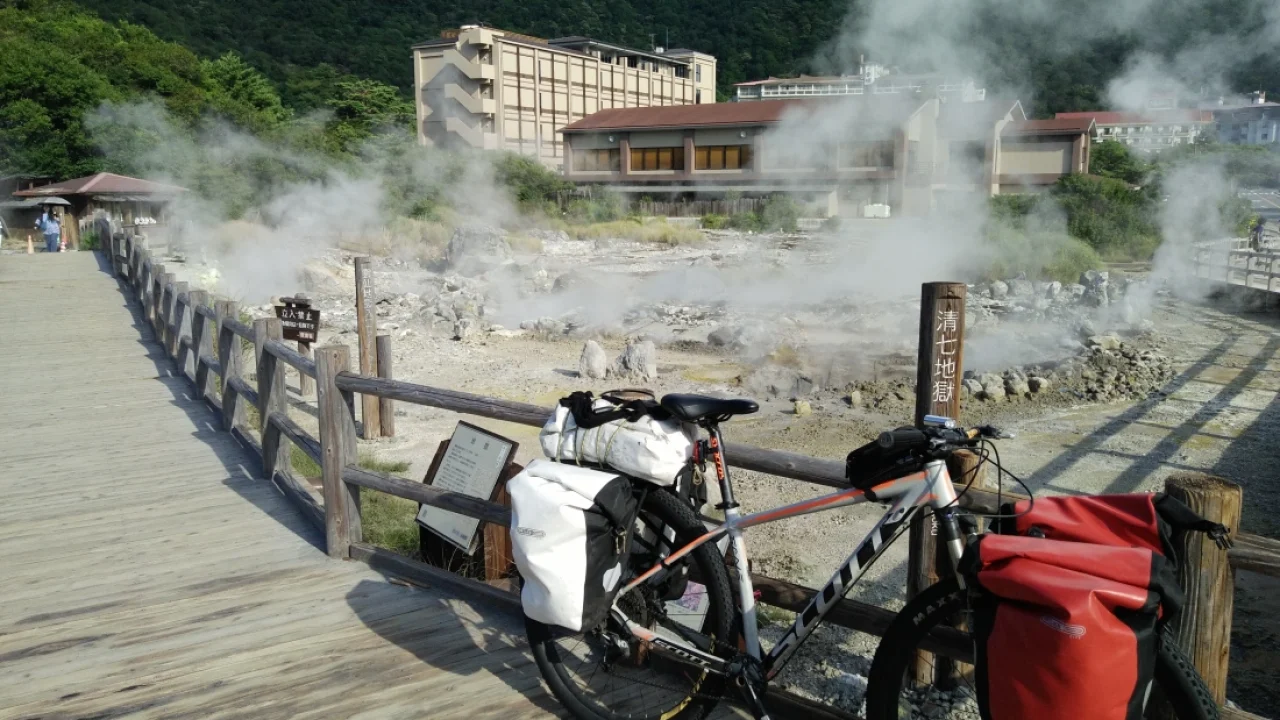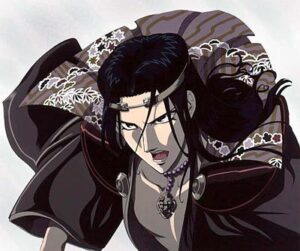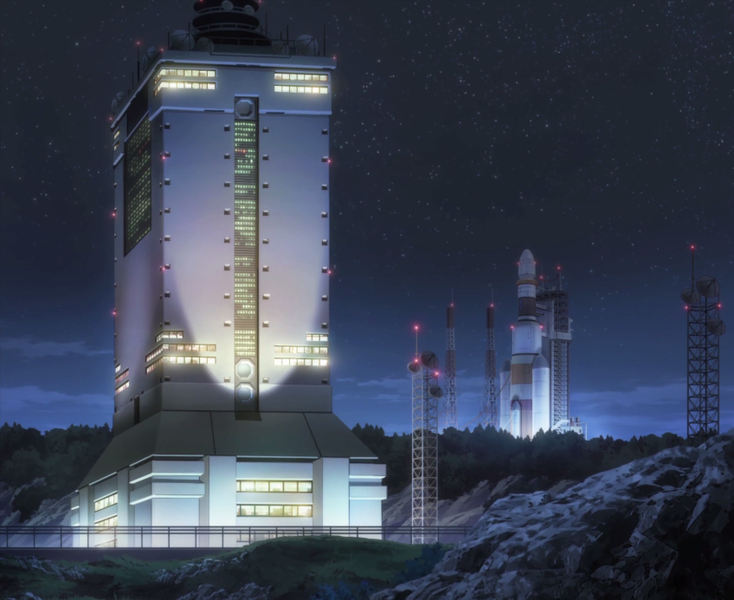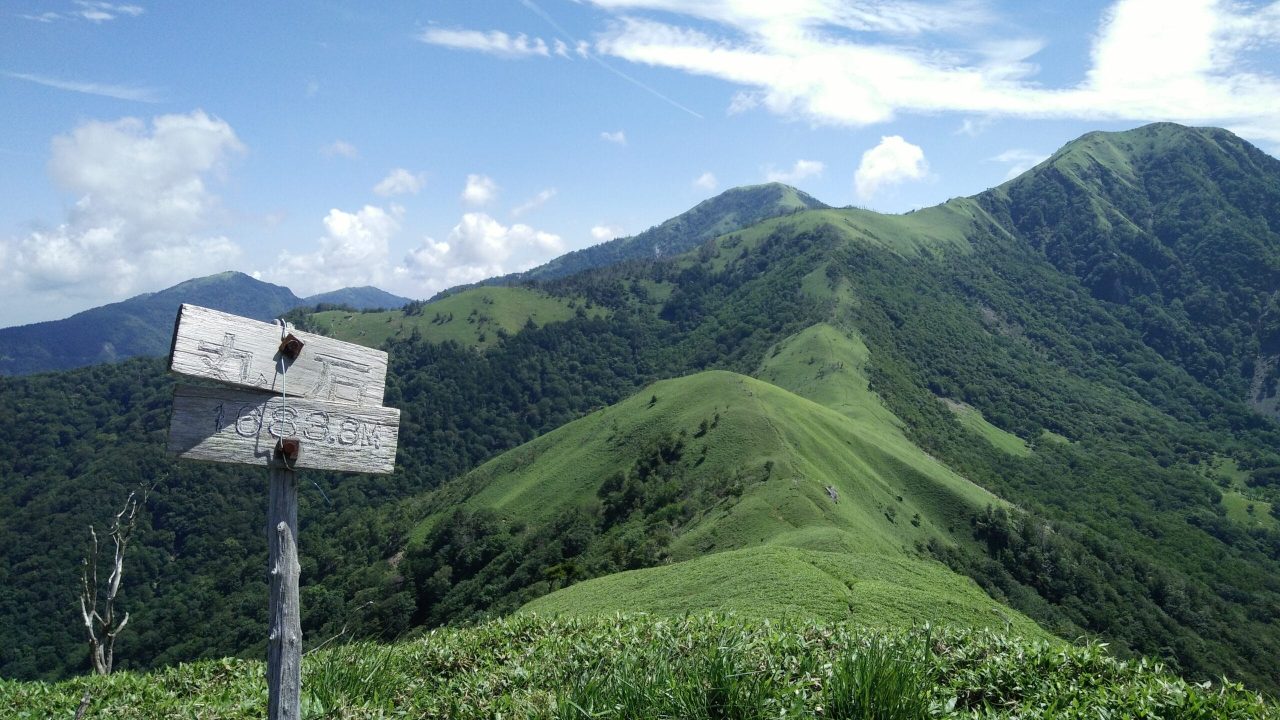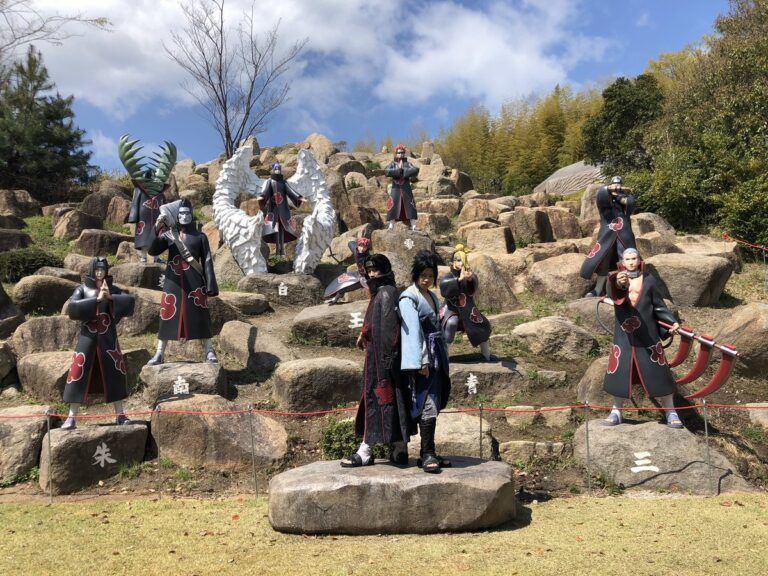Japan 2024 - Lake Biwa 100 Mile Ultramarathon And Kumano Kodo
A Rocky Road to the Finish: My Lake Biwa 100 Adventure
The Lake Biwa 100 is not just a race; it’s a test of endurance, a battle against the elements, and a relentless assault on the mind and body. I was eager to face this challenge, but little did I know, the universe had other plans.
The initial 25 kilometers were a blur of technical terrain, a treacherous dance with gravity. Every step required precision, a misstep could send you plummeting down a rocky cliff. But fate had a more sinister plan. A hidden, rogue rock, camouflaged by leaves and brush, caught my foot, twisting my ankle in a way that sent shockwaves through my body. The pain was immediate, sharp, and unrelenting.
Despite the setback, I pressed on, determined to conquer the course. The next 20 kilometers were a grueling test of willpower. Each step was a battle against pain, a constant reminder of the fragility of the human body. By the time I reached the aid station, I had fallen 16 places, but my spirit remained unbroken.
Fueled by ibuprofen and a stubborn refusal to quit, I limped through the next 30 kilometers. The pain was excruciating, and the blisters that formed were a constant source of irritation. The temptation to throw in the towel was overwhelming, but I drew strength from the words of David Goggins: “Don’t stop when you’re tired. Stop when you’re done.”
With each agonizing step, I edged closer to the finish line. The final aid station was a lifeline, a chance to change into fresh shoes and rejuvenate my weary body. I surged up the final mountain, my determination unwavering. The descent was a painful crawl, but I persevered, pushing through the darkness and the pain.
Finally, after 42 hours and 30 minutes, I crossed the finish line, 86th out of 350. The relief was immense, but the exhaustion was palpable. I had conquered the Lake Biwa 100, not just physically, but mentally as well.
This race was a humbling experience, a testament to the power of human endurance. It taught me the importance of perseverance, the value of pushing past one’s limits, and the incredible strength that lies within us all.
Kumano-Kodo Nakahechi Route
The Kumano-Kodo Nakahechi Route is a historic pilgrimage trail in Japan, renowned for its spiritual significance and stunning natural beauty. For over a millennium, it has drawn pilgrims seeking spiritual enlightenment and purification.
The route, often referred to as the “Imperial Route,” was particularly favored by emperors and nobles. Many emperors, including Emperor Go-Shirakawa, embarked on pilgrimages to the Kumano Sanzan shrines, seeking divine blessings and protection. These imperial pilgrimages not only elevated the status of the Kumano shrines but also contributed to the development of the Nakahechi Route as a significant cultural and spiritual pathway.
Today, the Nakahechi remains a popular pilgrimage destination, offering a serene and contemplative experience as hikers traverse ancient paths, encounter traditional villages, and immerse themselves in the rich history and culture of the region.
We walked this over 4 days per the below structure:
| Date | Title | Time | Distance | Elevation |
| Thu, 17/10/2024 | Kumano Kodo Pilgrimage – Day 1 | 04:42:07 | 14.63 km | 997 m |
| Fri, 18/10/2024 | Kumano Kodo Pilgrimage – Day 2 | 08:08:39 | 30.16 km | 994 m |
| Sat, 19/10/2024 | Kumano Kodo Pilgrimage – Day 3 | 04:07:47 | 14.41 km | 665 m |
| Sun, 20/10/2024 | Kumano Kodo Pilgrimage – Day 4 | 05:44:30 | 18.53 km | 1,272 m |
Would highly recommend staying in Yunomine onsen area after day 2, as it’s a long day out and a really nice little area. Note that you do need to get a bus there at the station at the end of day 2.
